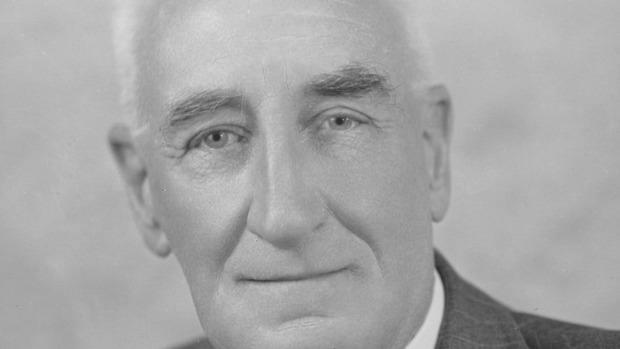
A.A.M.C. - 33rd BATTALION AIF.
Lieutenant: 749 George Chapman Ward REID.
Born: 10th July 1888. Narracoorte, South Australia.
Married: 5th April 1919. St Marylebone, England. Marriage Cert: ME8837.
Wife: Kathleen Lydia May Reid. nee: Lines.
Died: 1960. New Zealand.
Father: George William Reid. (Chemist)
Mother: G W Reid.
INFORMATIONGeorge Chapman Ward Reid enlisted with the Australian Army Medical Corps on the 5th October 1914 and was allocated to the No:2 Australian General Hospital. Admitted to the 2nd General Hospital on the 14th March 1915 suffering from Tonsillitis and was treated by Major: CAMPBELL and Sister: COOK before he was discharged from Hospital on the 18th March and resumed his duties and was promoted to Acting Sergeant on the 18th July 1915 then to Staff Sergeant on the 1st February 1916. George reported for duty on board the Hospital Ship "Braemar Castle" at Alexandria on the 24th March and disembarked at Marselles on the 4th April 1916. The next few months spent at Wimeraux before he was granted leave to England in the 21st October 1916.
Returning from leave in England on the 30th October he rejoined the 2nd Australian General Hospital until the 2nd February 1917 when he attanded the 2nd Australian Divisional School and was marched in the the No:4 Officers Cadet Battalion on the 9th of March. After completing his Cadet Training George was promoted to 2nd Lieutenant on the 28th June 1918 and proceeded overseas for France on the 14th July 1917. George was marched out from Harve to join the 3rd Australian Division on the 16th of July and was Taken on in Strength with the 33rd Battalion A.I.F. on the 19th of July 1918.
George was admitted to Hospital on the 19th December 1917 suffering from and was transfered to England where he was admitted to the 3rd London General Hospital where he was promoted to Lieutenant on the 8th of February and was discharged on the 21st February 1918. George was marched in to the Overseas Training Battalion on the 4th of April and proceeded overseas for France on the 6th of April. Marching in at Rouelles on the 8th and rejoining the 33rd Battalion in the field on the 18th April 1918.
7th May 1918.
George was one of the officers of “A” Company that was taken prisoner on 8 May 1918 near Sailley lec Sec. The newly captured officers and men were interrogated and sent back to spend the remainder of the war in prison camps in Germany as a Prisoner of War.
8th May 1918.
Morlancourt
The details were learnt only when the prisoners returned to England after the Armistice. After receiving the operation order Major: Harold Henry McMINN at IO:30 saw one of his subalterns. Lieutenant: Laurence Sylvester McMAHON (West Maitland, N S W) and gave him the order to attack, keeping touch with the 29th Bn. McMAHON saw two other Platoon Commanders, Lieutenants: Stanley Warner BATEMAN (St. Kilda, Vic ) and Lieutenant: Russell Stanley BROWN (Maitland. N.S.W.) who, had not yet received their orders and told them that they were in it too McMAHON ranged his platoon on the flank, with BATEMAN'S next to it and twice sent his batman to find the 29th on his right. The batman could discover no sign of it and McMAHON therefore seat him back to its nearest post. The barrage then fell. The half-company of the 34th which was to have reinforced McMINN was not there, having lost its way but Lieutenant: George Chapman Ward REID (Sydney) and his handful of the 33rd were present McMINN sent Lieutenant: Alfred James FELL (who had not even had time to study the map) with a request to Captain: Edmund BEAVER to keep touch. FELL found two men of BEAVER'S company on their way to the assembly, and passed the message to them. On his return, at 11:00 the barrage was already slackening; and McMINN. though out of touch on both flanks, advanced to take his objective and hold on until the flanking troops came up The troops had been told that they were to cross two roads and lie down on a third road, a considerable distance in front.
Two roads had been duly crossed when the enemy ahead opened fire with rifles and a machine-gun. The trench was quickly rushed, the Germans running before it was reached but maintaining fire from their machine-gun farther back. After passing the trench Lieutenant: BROWN was mortally wounded. A dozen men in all were hit before the company was halted. Part of the enemy’s main line had evidently been taken. hut the troops were without instruments for digging-in except their small entrenching tools. The Germans at once counter-attacked on the flanks. but were easily beaten. It was, however plain that the company had merely obtained a lodgement between two bodies of the enemy, no fighting had been heard at any stage on either flank and no Australians could he found there After waiting for a quarter of an hour, McMINN decided to withdraw The company accordingly retired down the slope, hut after going 200 yards came on some wicker ammunition-baskets of German pattern. The bark of a British Field Gunn however, was heard and they went on towards It.
(Platoon Commander) BEAN History of World War 1. VI 90.
George was transferred to the Graudenz Camp on the 27th June 1918.

George was repatriated to England on the 1st December 1918 and granted leave with pay from the 10th February until the 10th May 1919. Embarking from England on the 10th May 1919 onboard the "Wahele" disembarking at Fremantle for Sydney on the 20th June being discharged from the A.I.F. on the 19th August 1919.
Prisoner of War
(BEAN; History of World War 1 Vol VI page 90.)
Family InformationGeorge was a single 27 year old Dispensary Chemist prior to enlistment in the A.I.F.
Sydney New South Wales. Reid New Zealand Rubber Mills. This Company became a great success and Reid rubber became well known in New Zealand and beyond.
Widely acknowledged as the founder of New Zealand's rubber industry, George Chapman Ward Reid (1887-1960) launched his rubber products business in 1933. Ward was a capable man with a broad range of experiences prior to setting up the rubber business. He had started his medical training in London, having to return home to Australia after his father died to provide for his mother and five sisters. He served in the Australian forces during World War I, variously in the medical corps, then as an officer in the 33rd Battalion before spending the last seven months of the war in a prison camp on the Vistula River. On return to Australia he studied as a chemist.
He started work at the Perdriau Rubber Company in Australia and changed his studies to industrial chemistry. He visited New Zealand on sales trips for the company selling their rubberware. On these trips, Ward presumably saw an opportunity that NZ should have its own rubber industry. In 1932 during the Great Depression, he moved to New Zealand to form a private company manufacturing milking machine rubberware. He had no capital. This failed. Ward had great determination and flexibility. After two attempts to raise capital, he finally got the Reidrubber mills into production in the old railway carriage workshops in Penrose, Auckland, in 1934.
Ward recognised the need to not over extend himself. He initially focused on milking machine rubberware. He concentrated on the aspect of the business that he already knew about and that had the lowest cost of production. Ward's experience as an industrial chemist seemed to drive his establishment of Reidrubber a production rather than a business model. Ward had no capital, he was attempting to set up a manufacturing business in the middle of the Great Depression the early to mid 1930s, and there was a general lack of materials. Ward's life experience provided him with opportunities to learn how to cope with being thwarted i.e. unable to finish his medical studies; being a prisoner of war. Despite having no capital, he showed it is possible to pioneer/establish a business, with an understanding of the area of expertise/interest, a determination to persist, hard work, valuing those who are working with you and feeding back into the community that has supported you. I have abiding memories of the annual Christmas parties for all the Reidrubber workforce, with Santa Claus there for the children, and his knowledge of their families.
Frances Towsey. Grandaughter.
Military Records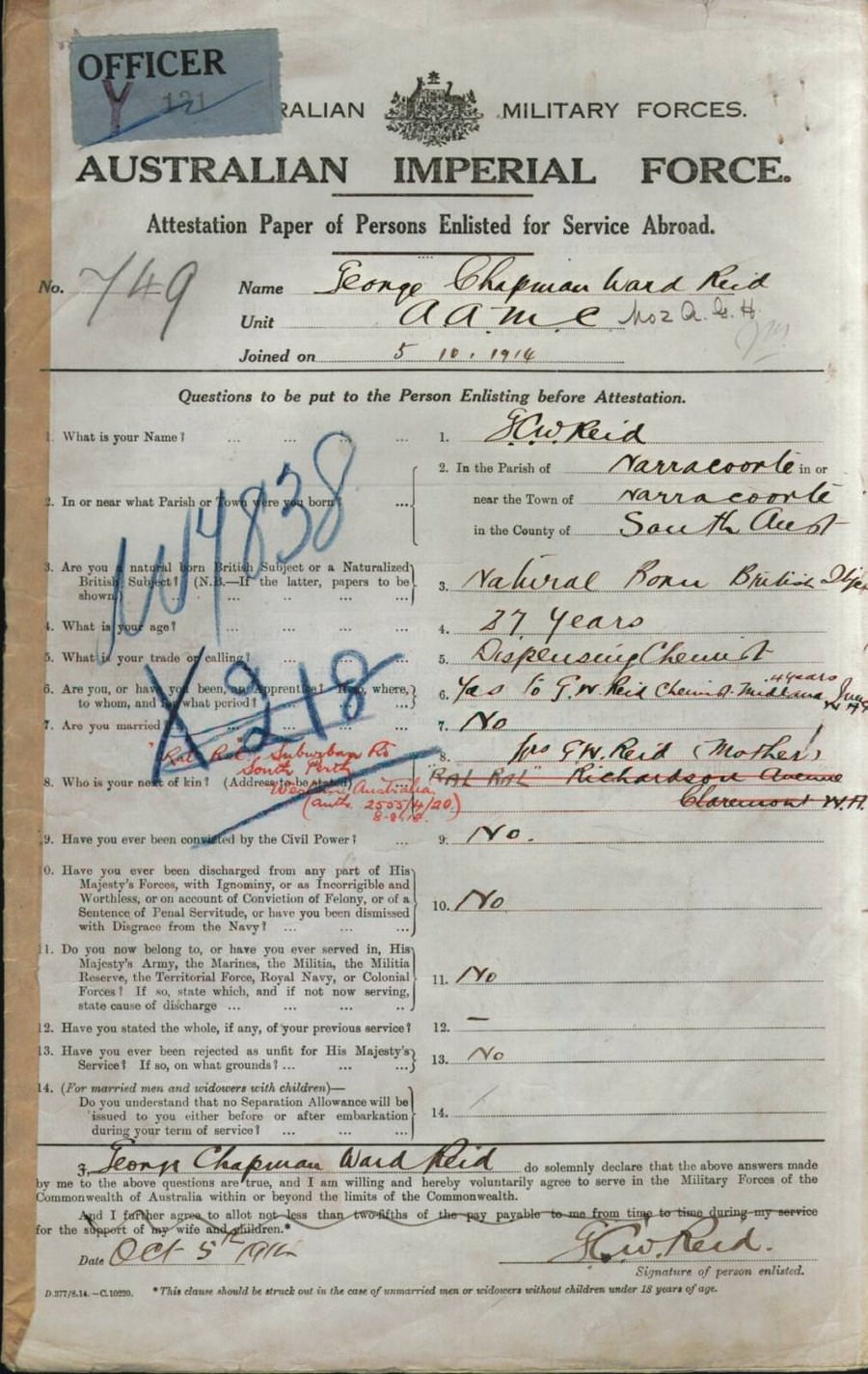

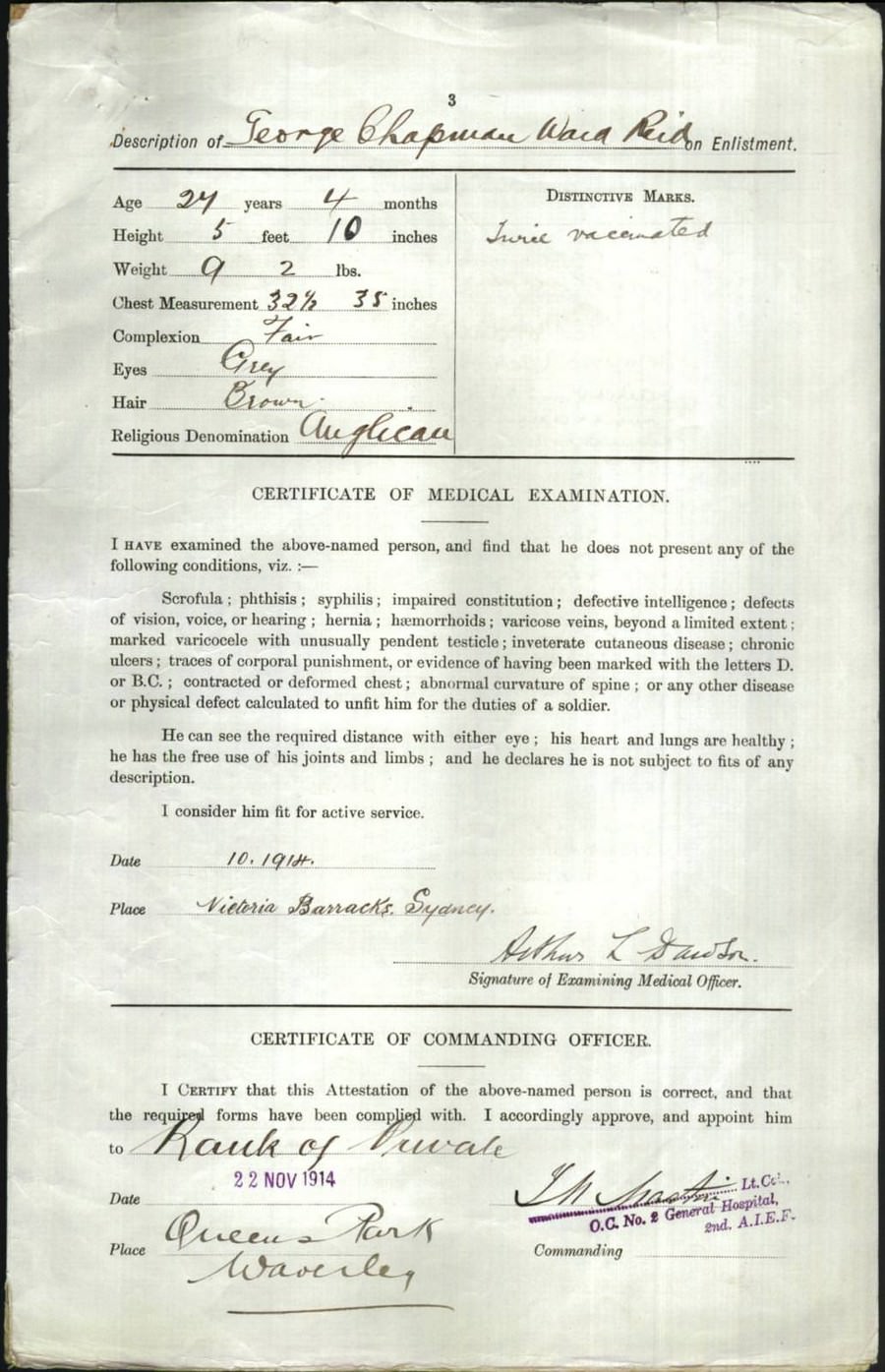
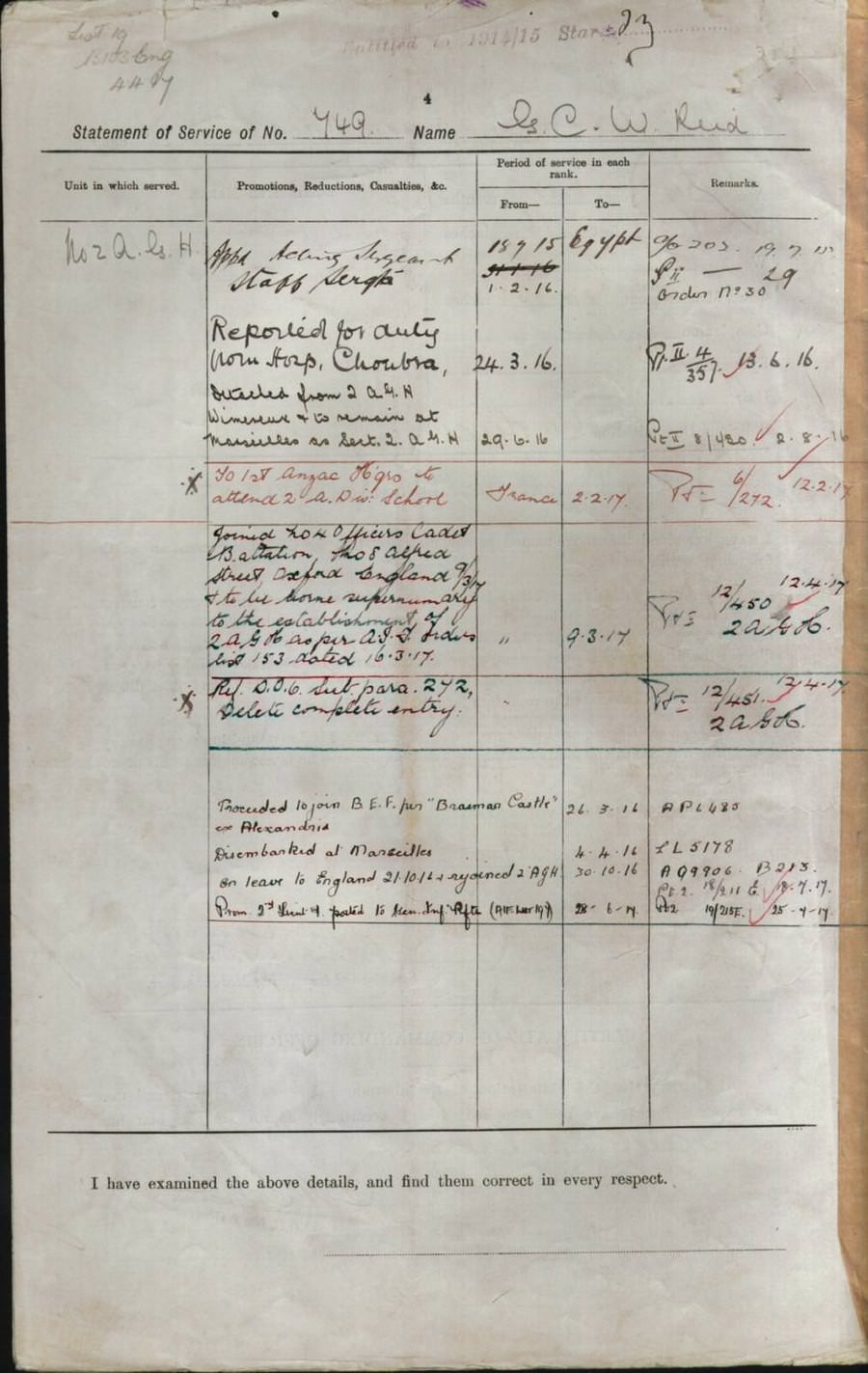

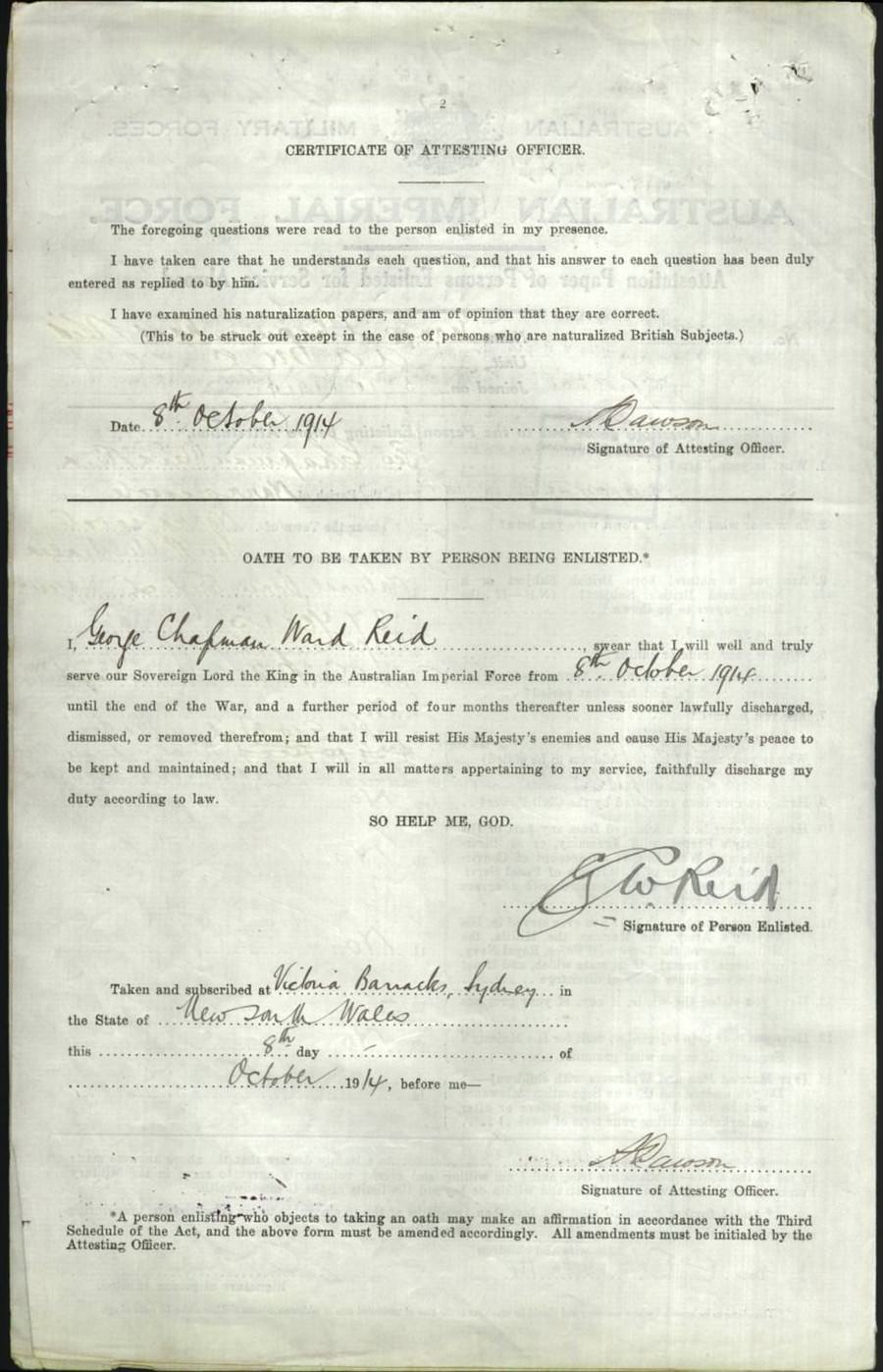
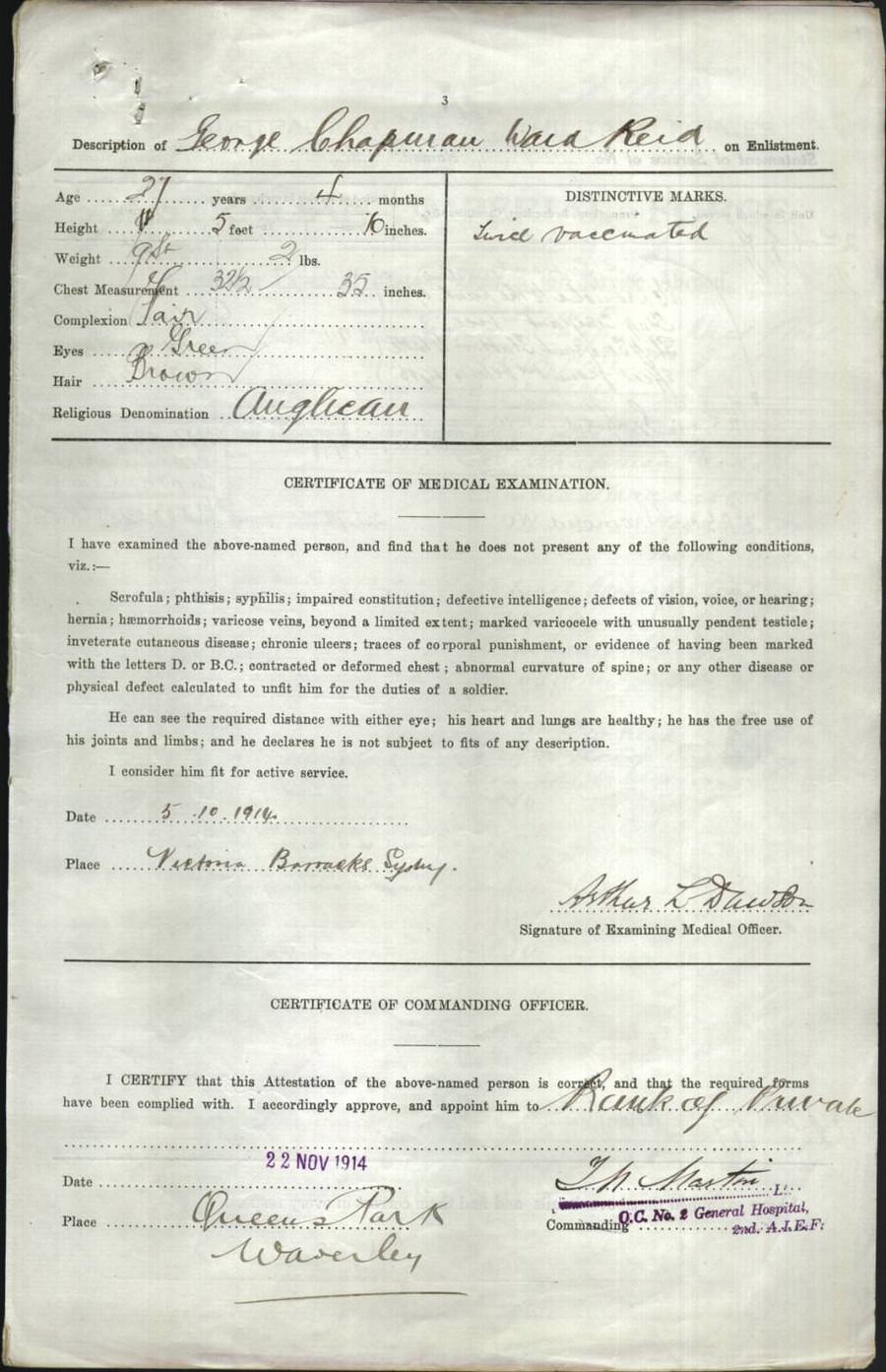
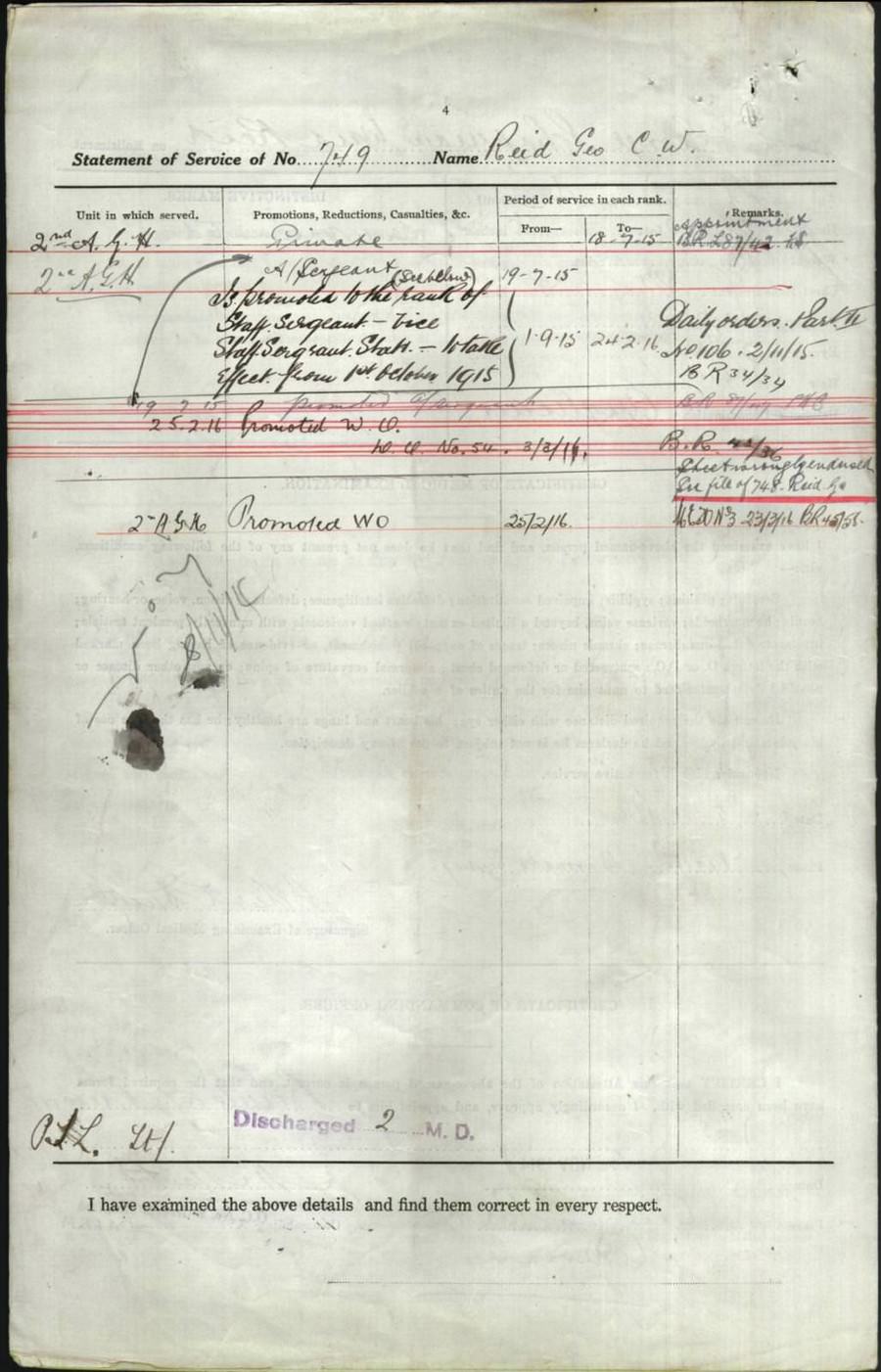
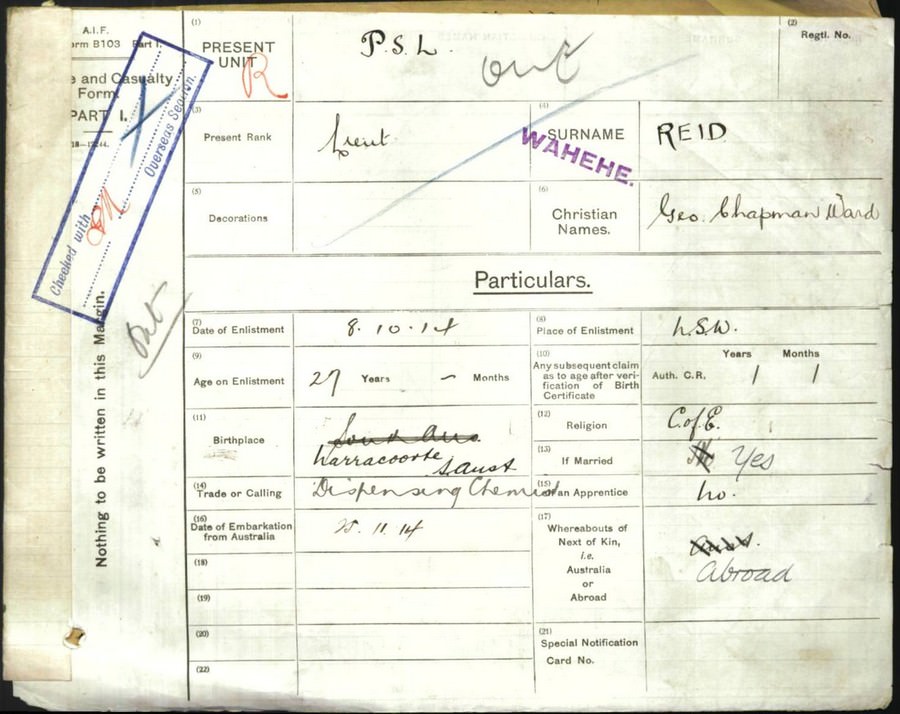
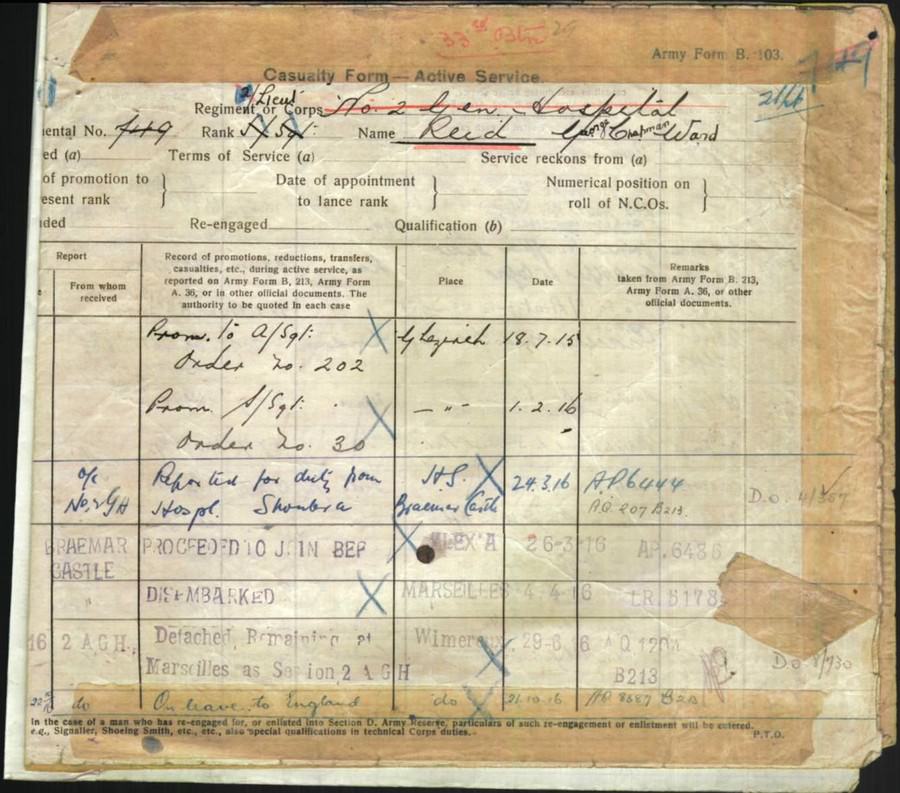

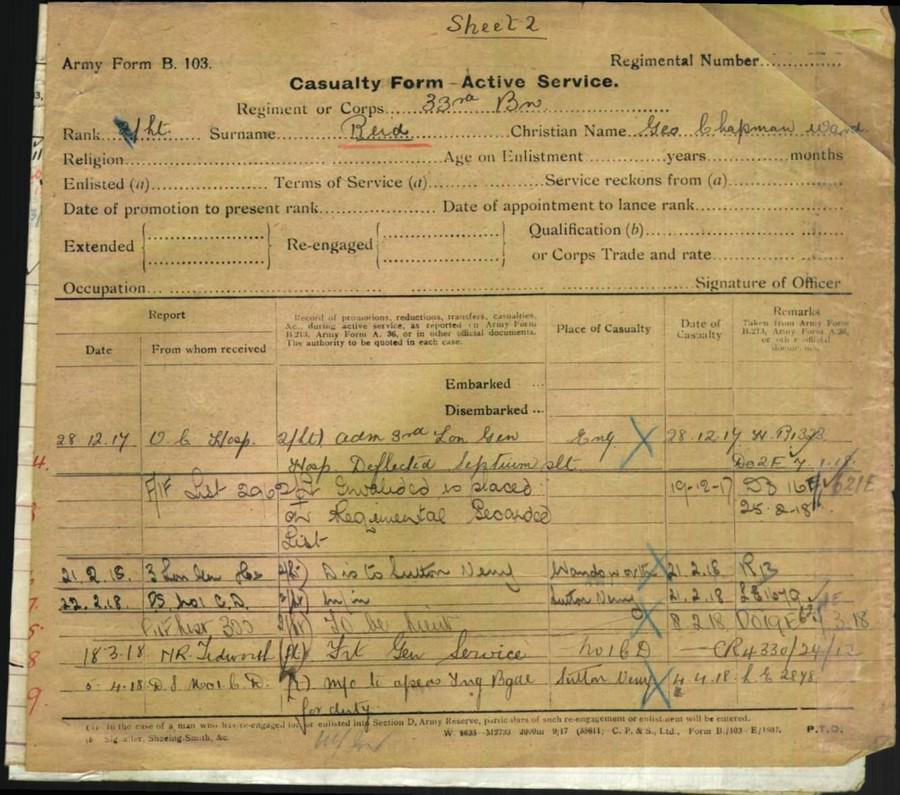
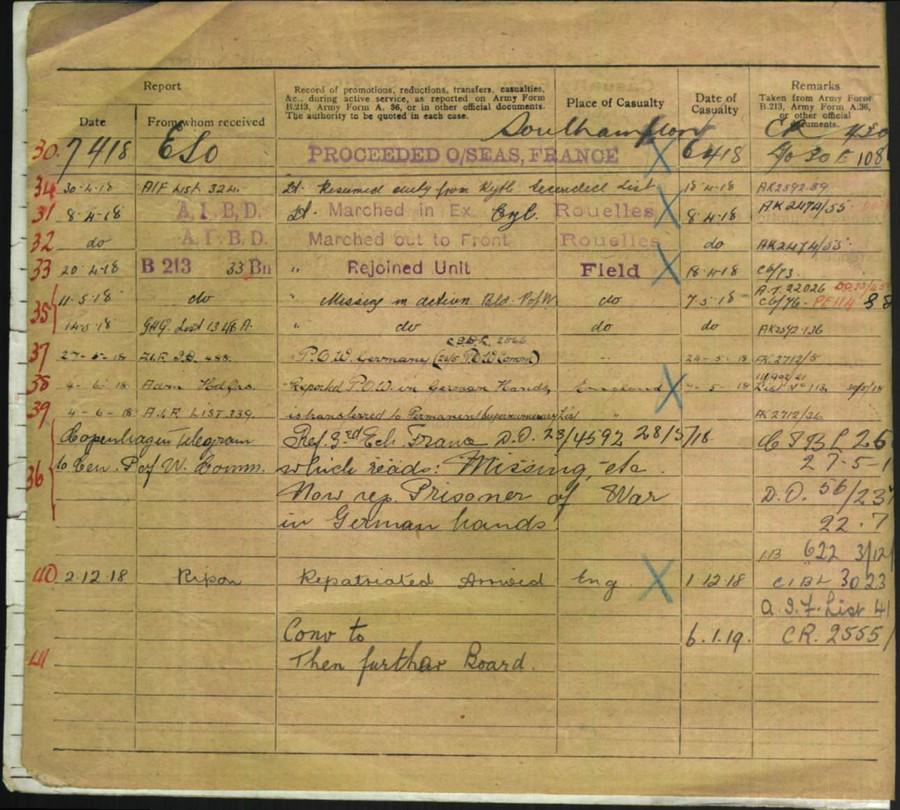

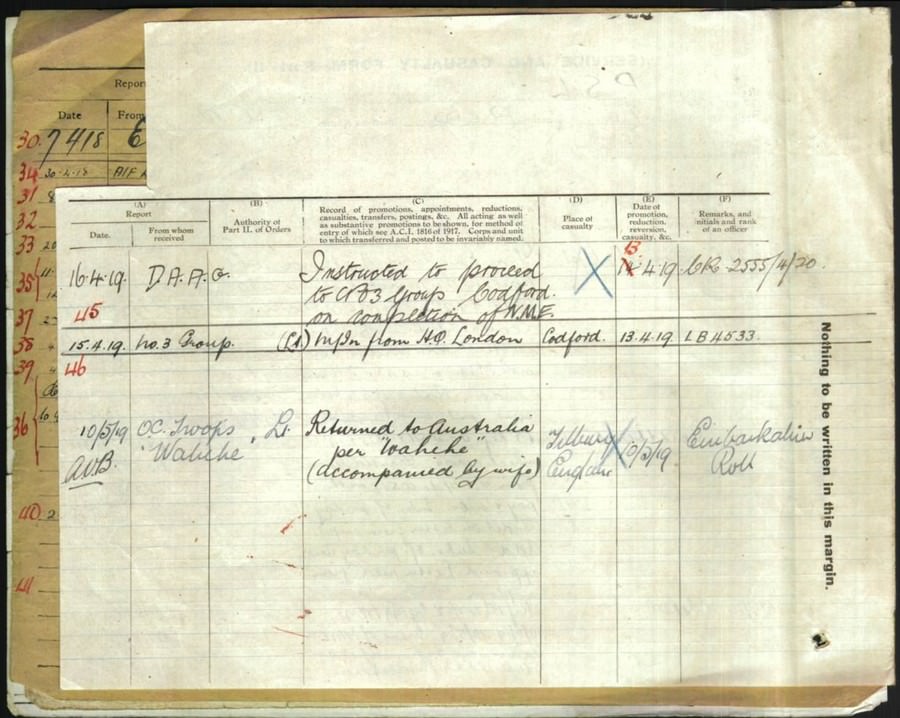
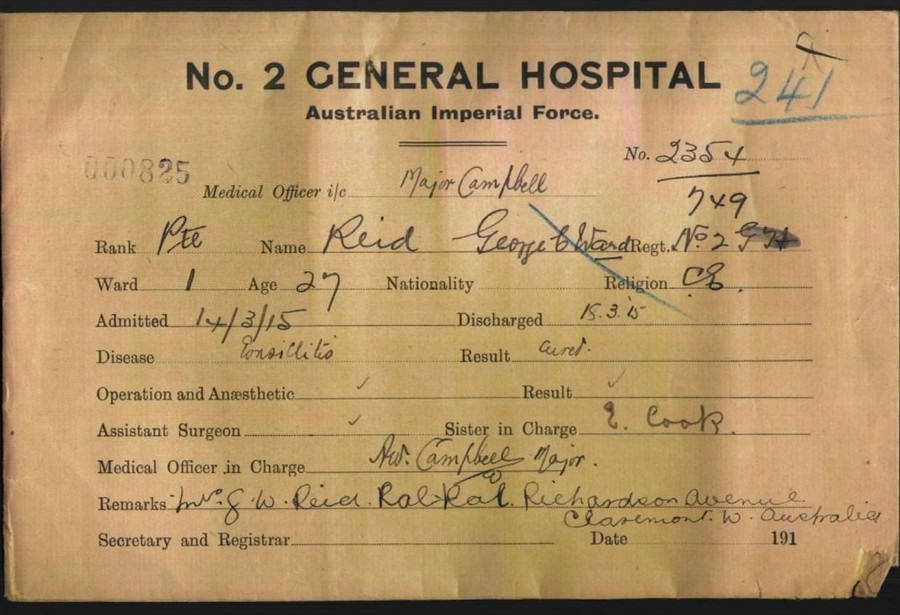
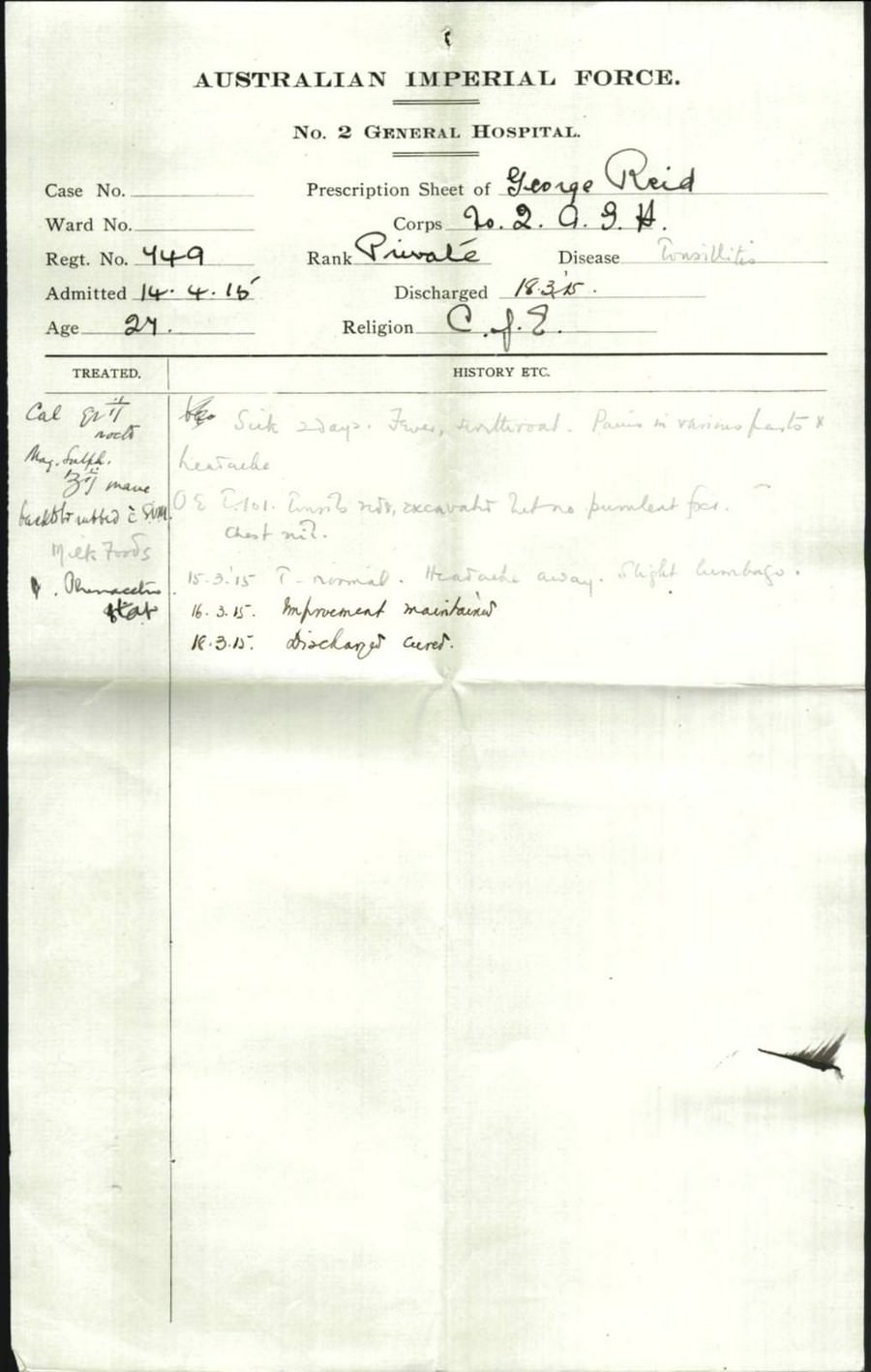
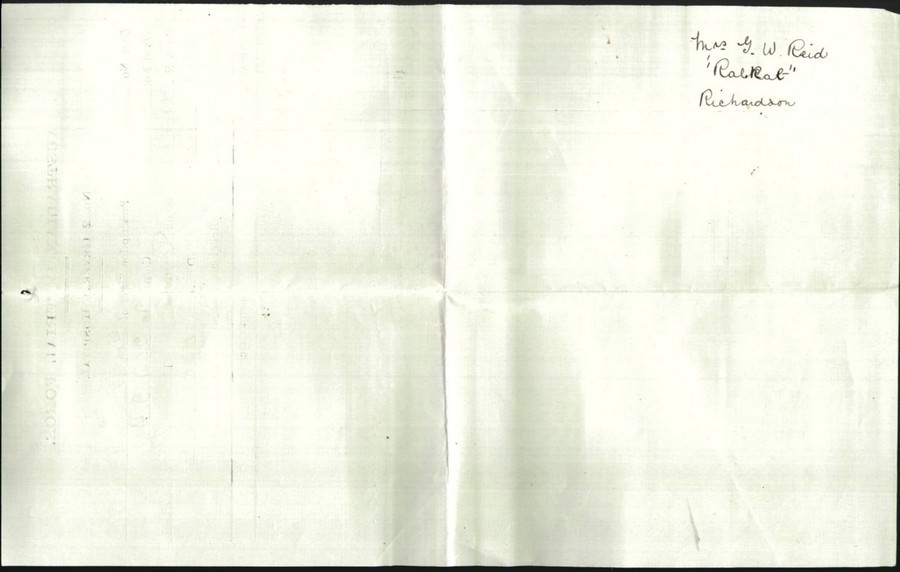
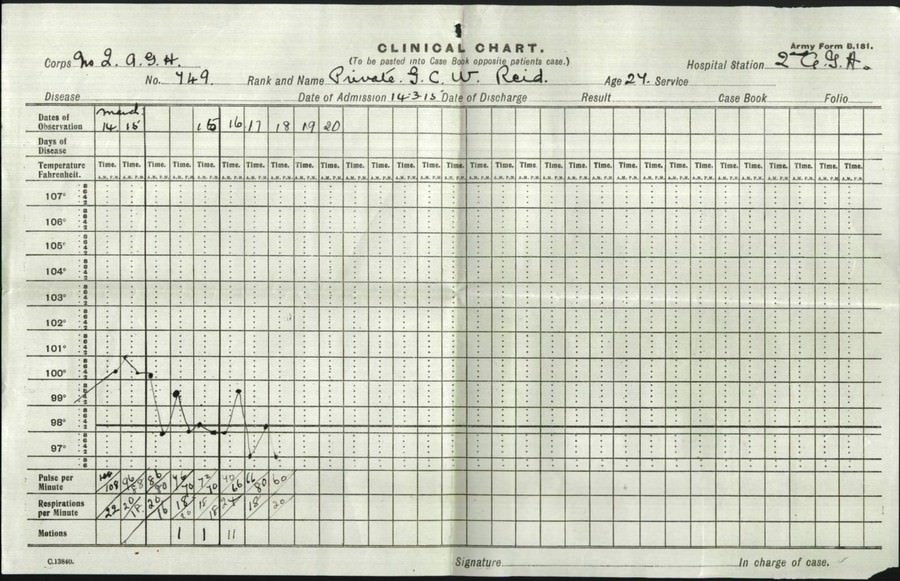
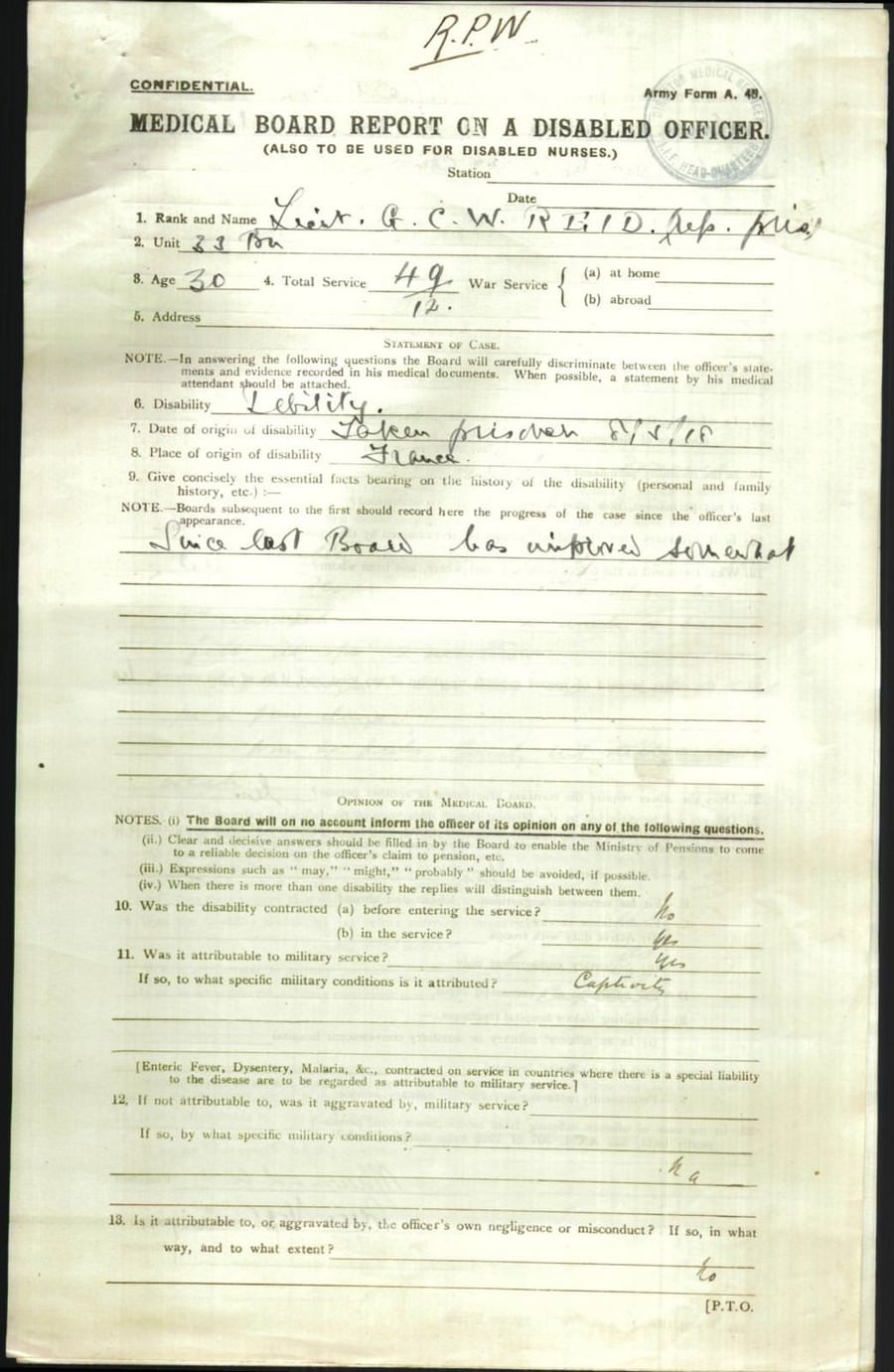
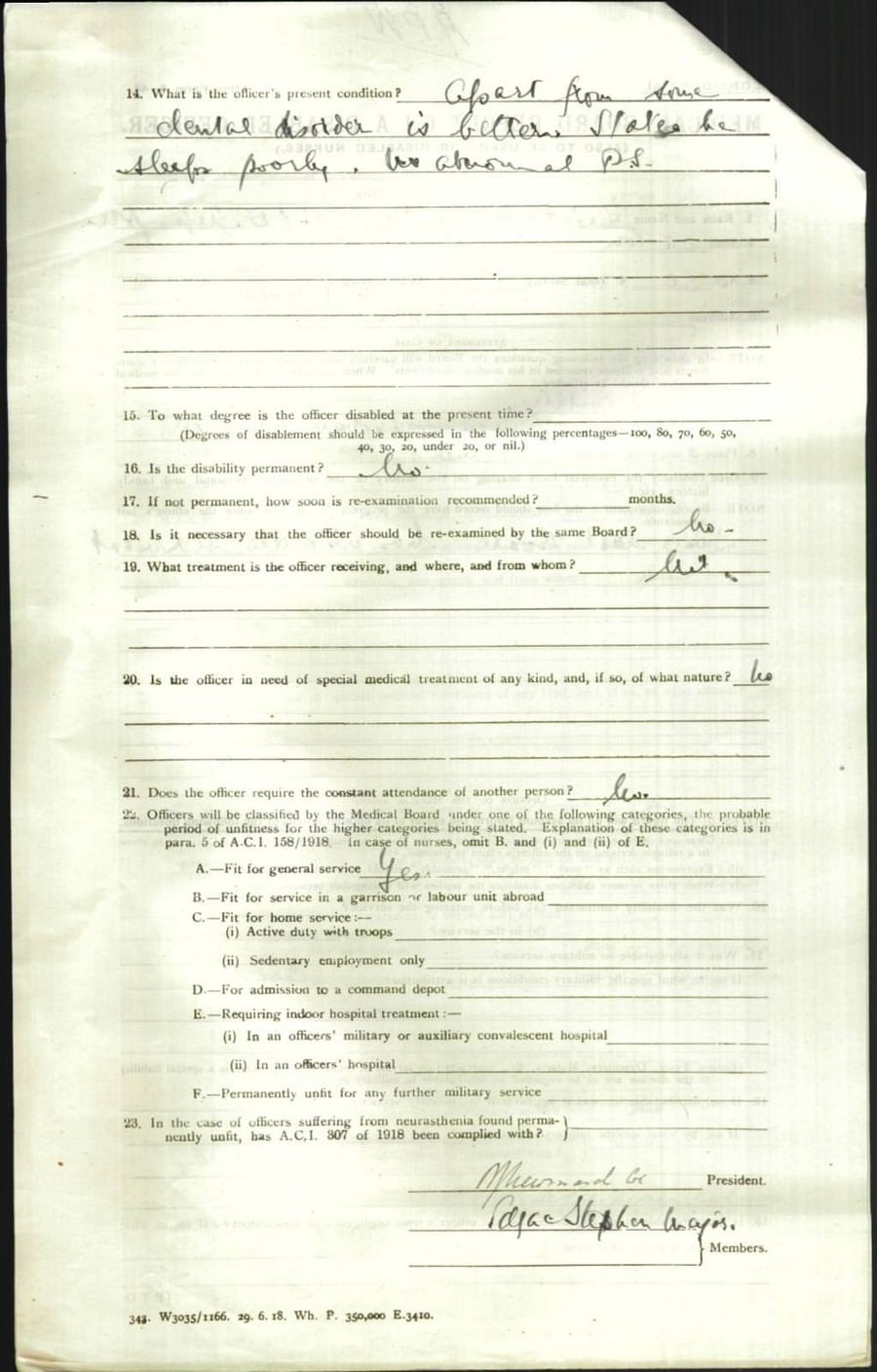
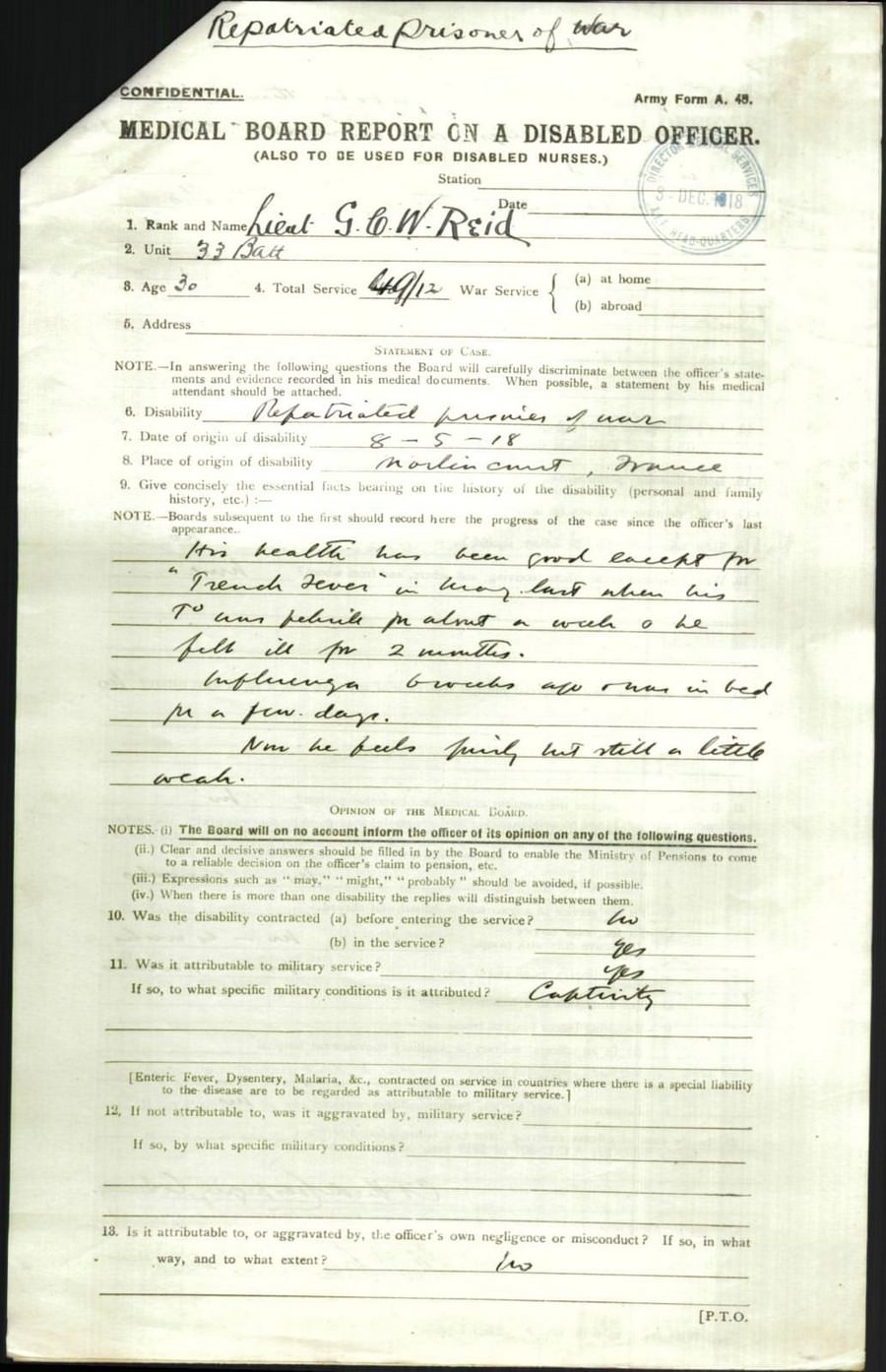

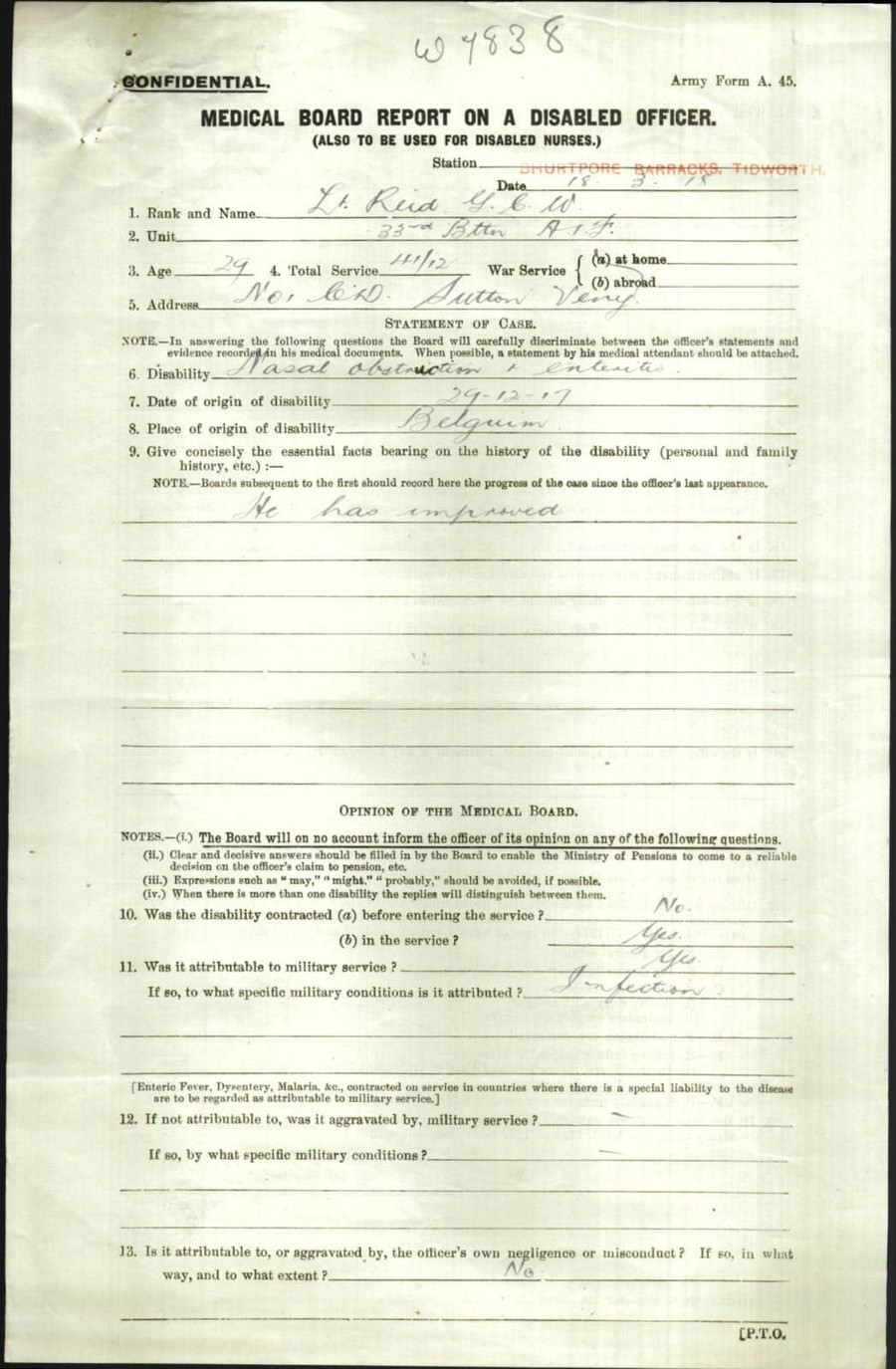
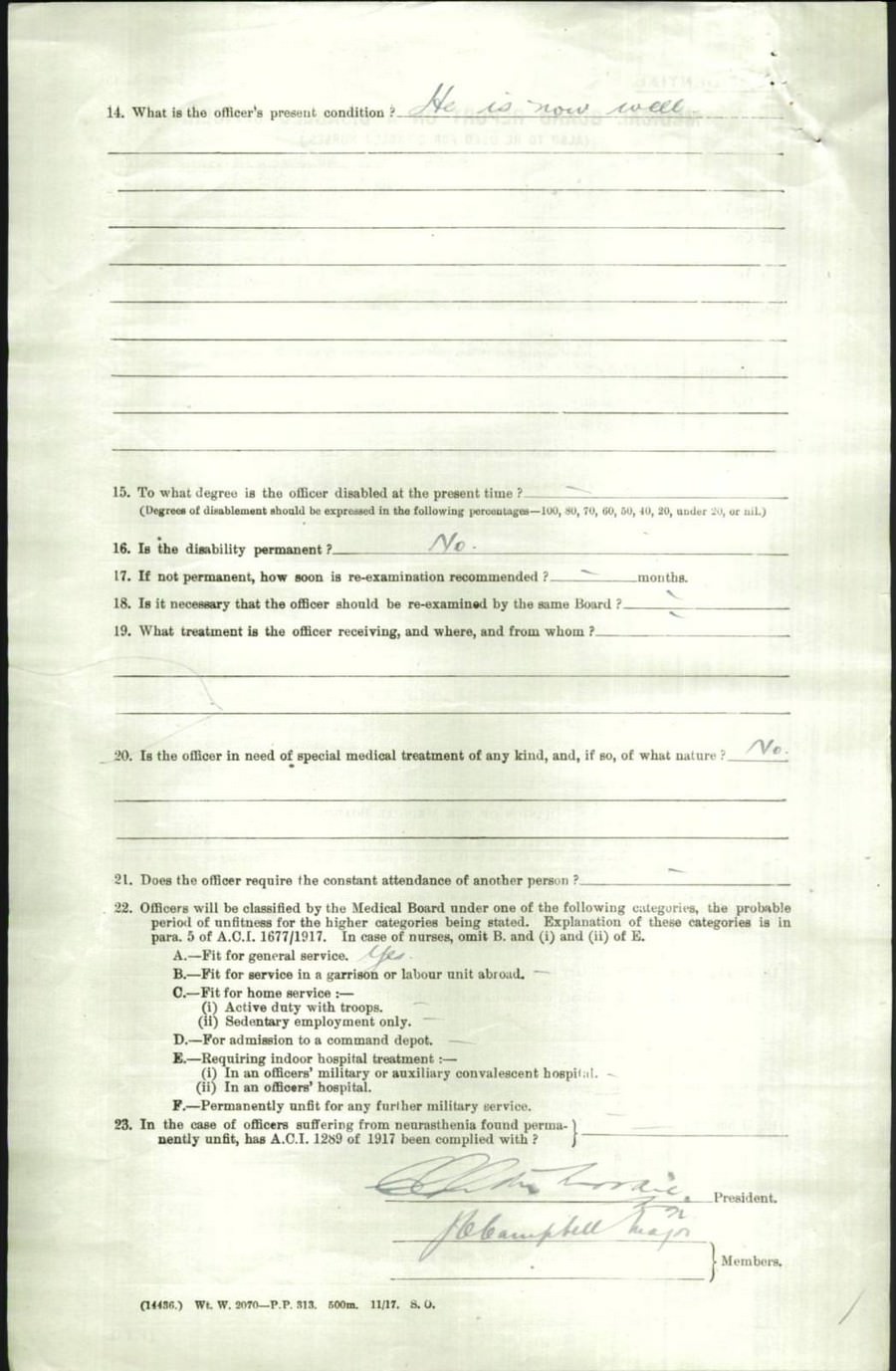
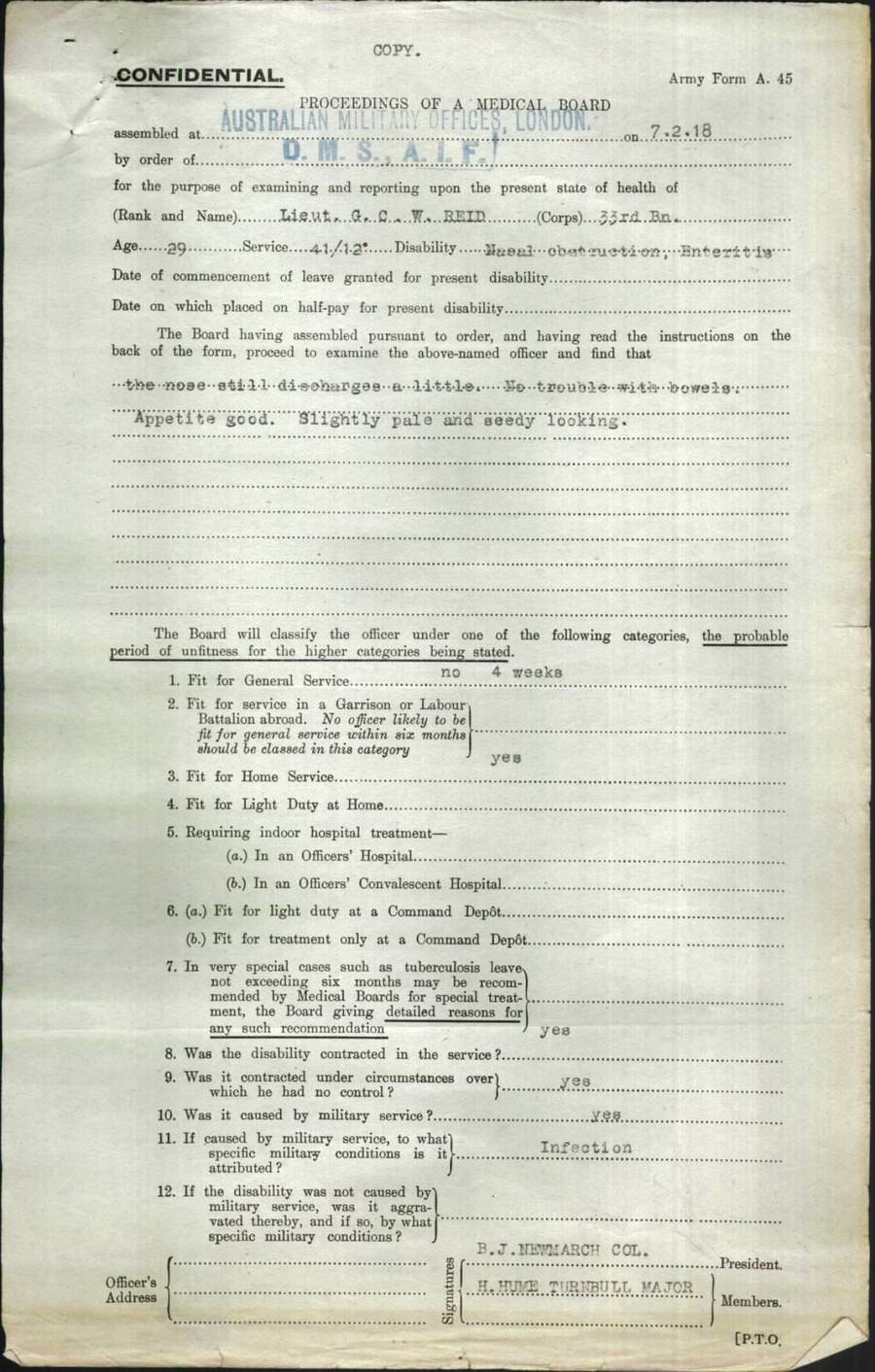
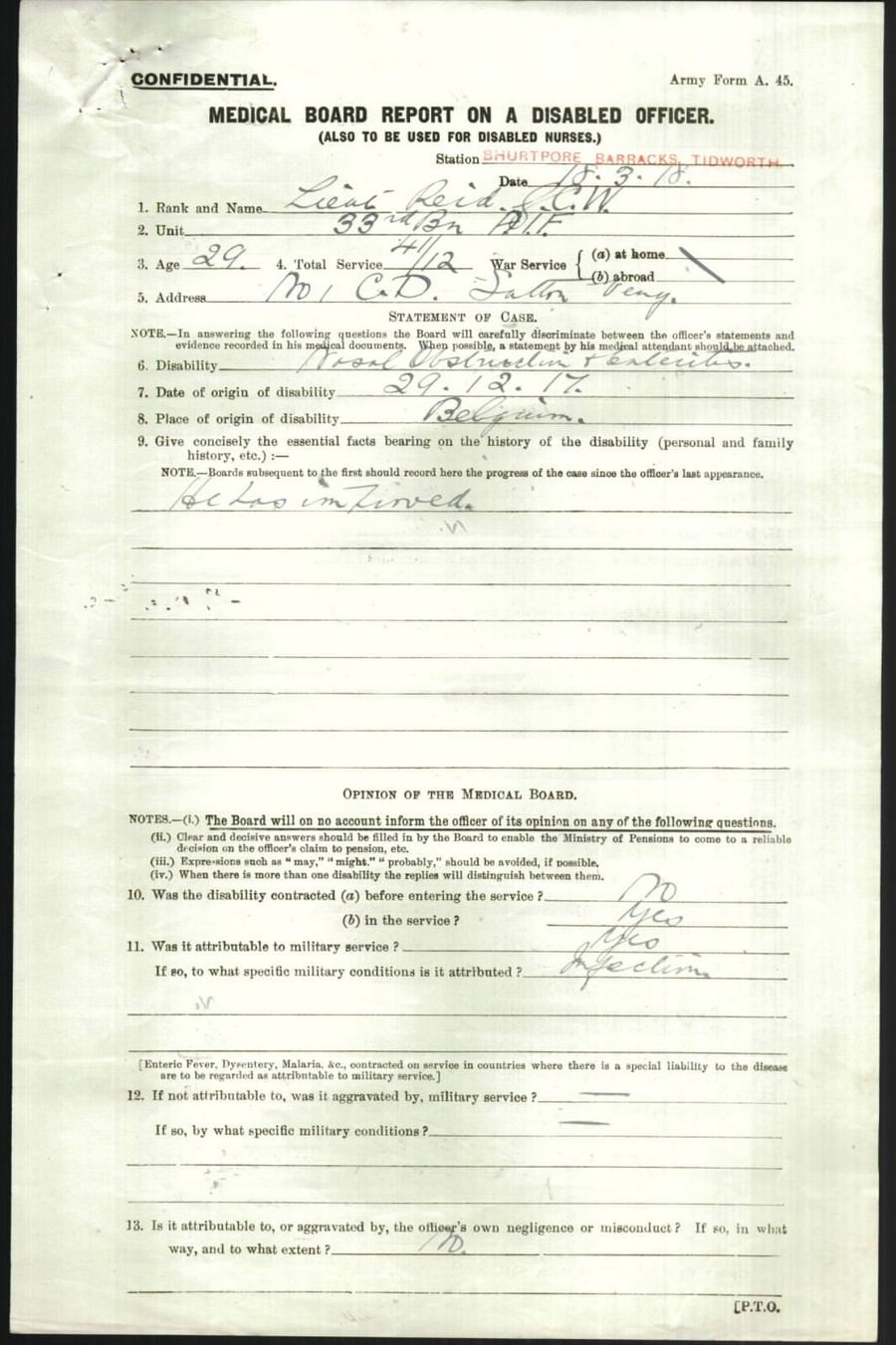
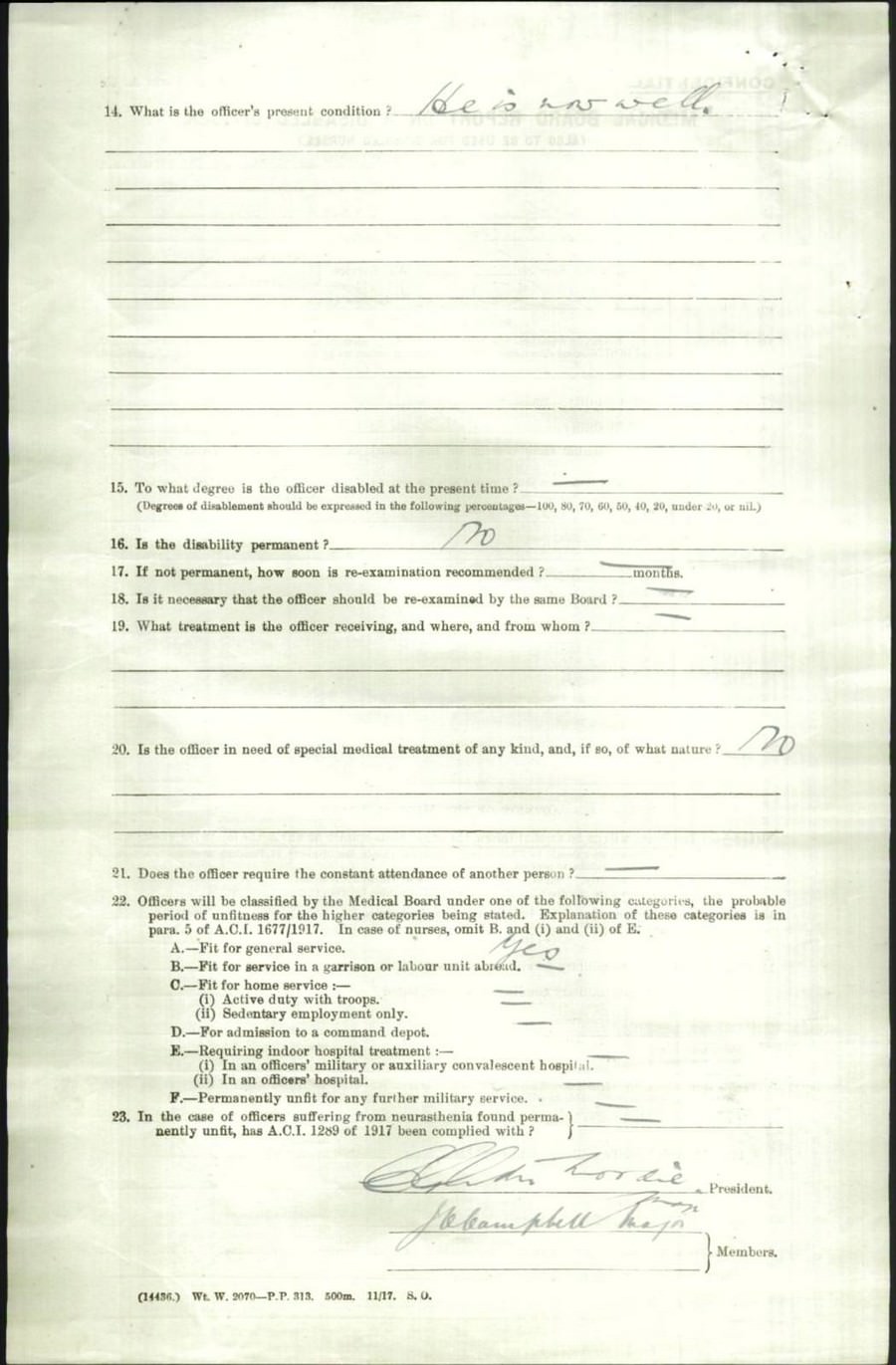
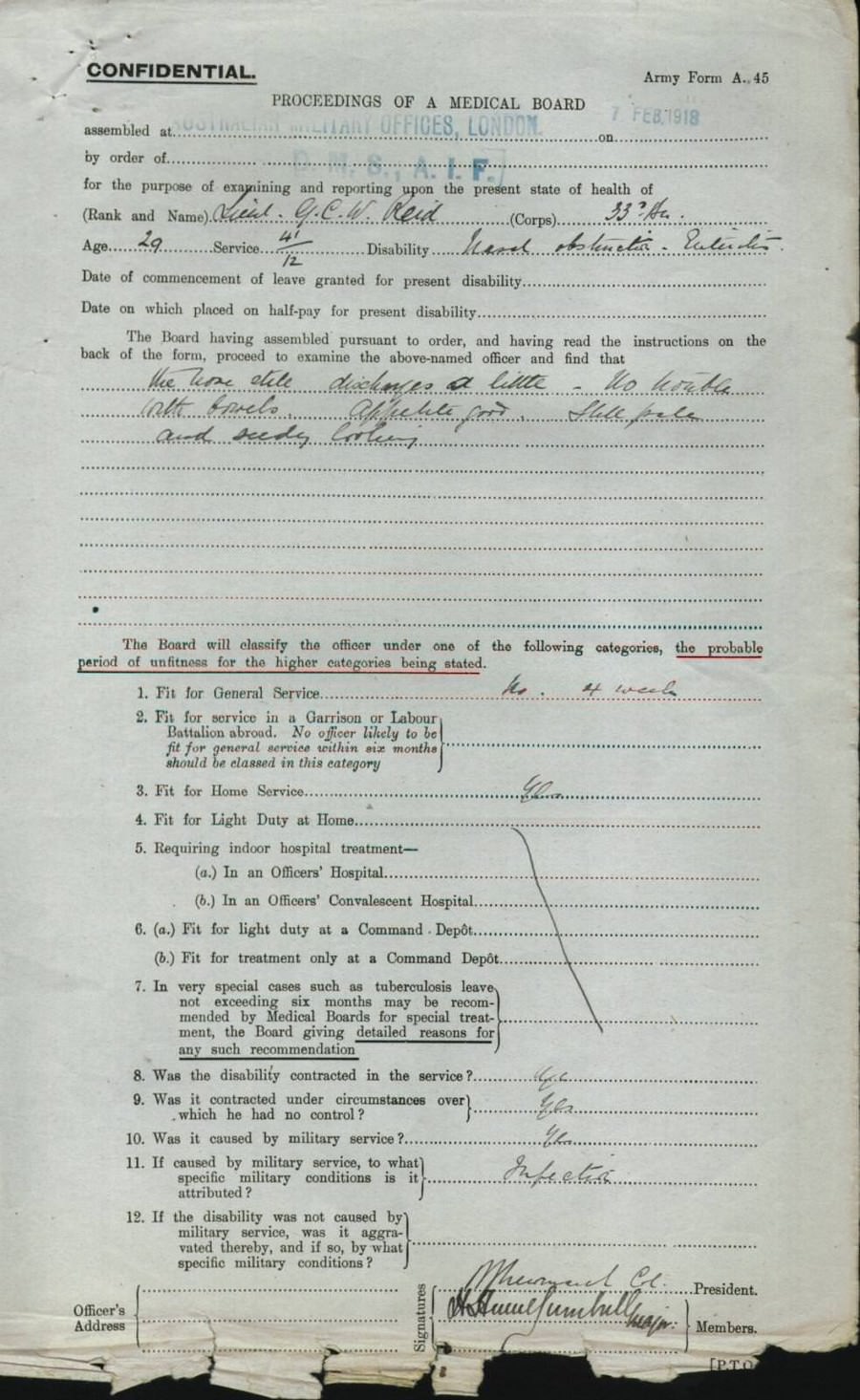

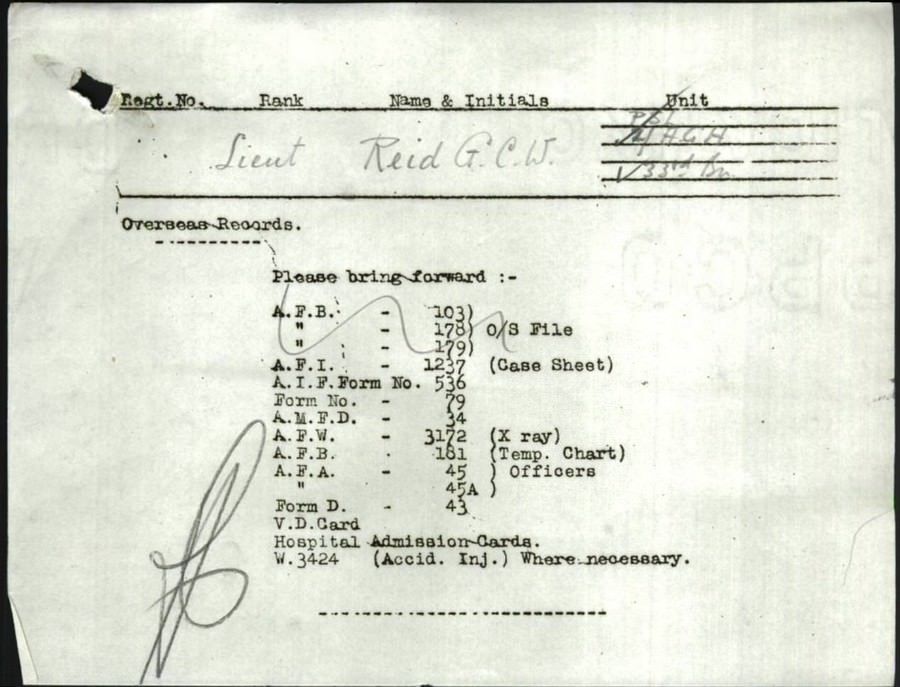
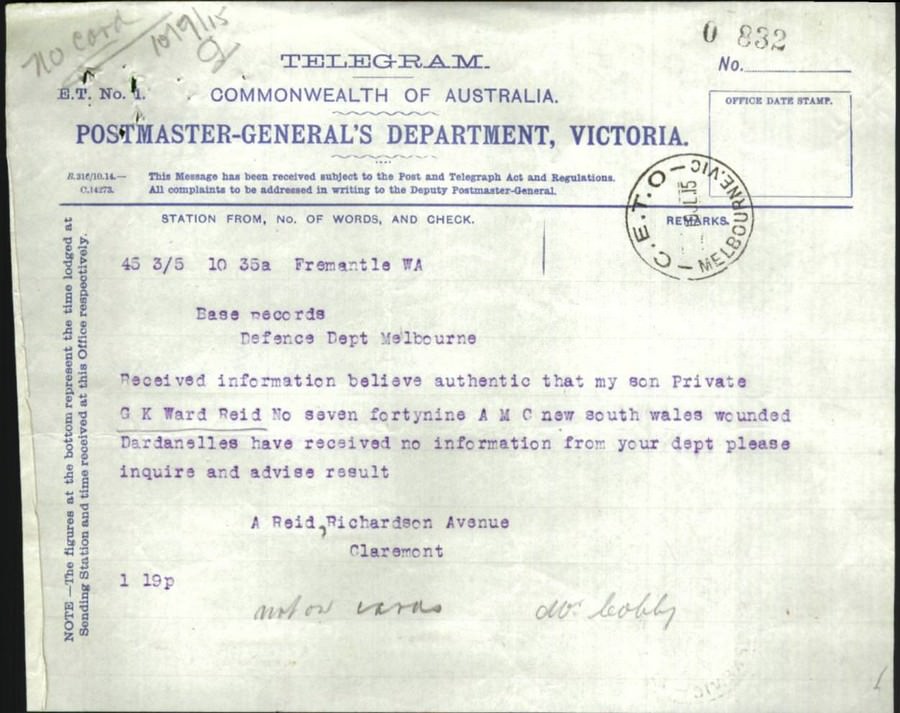

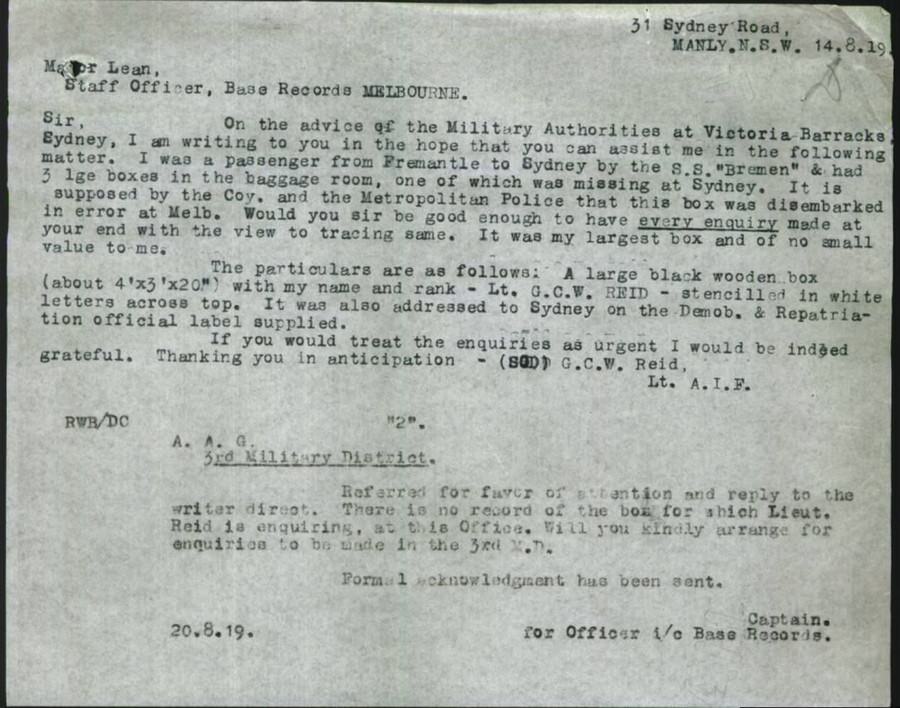
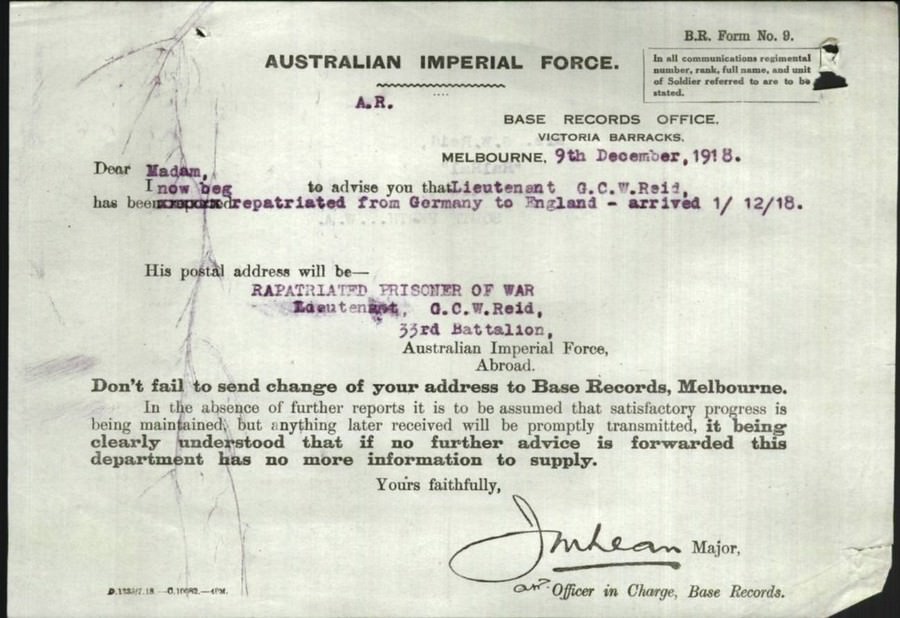


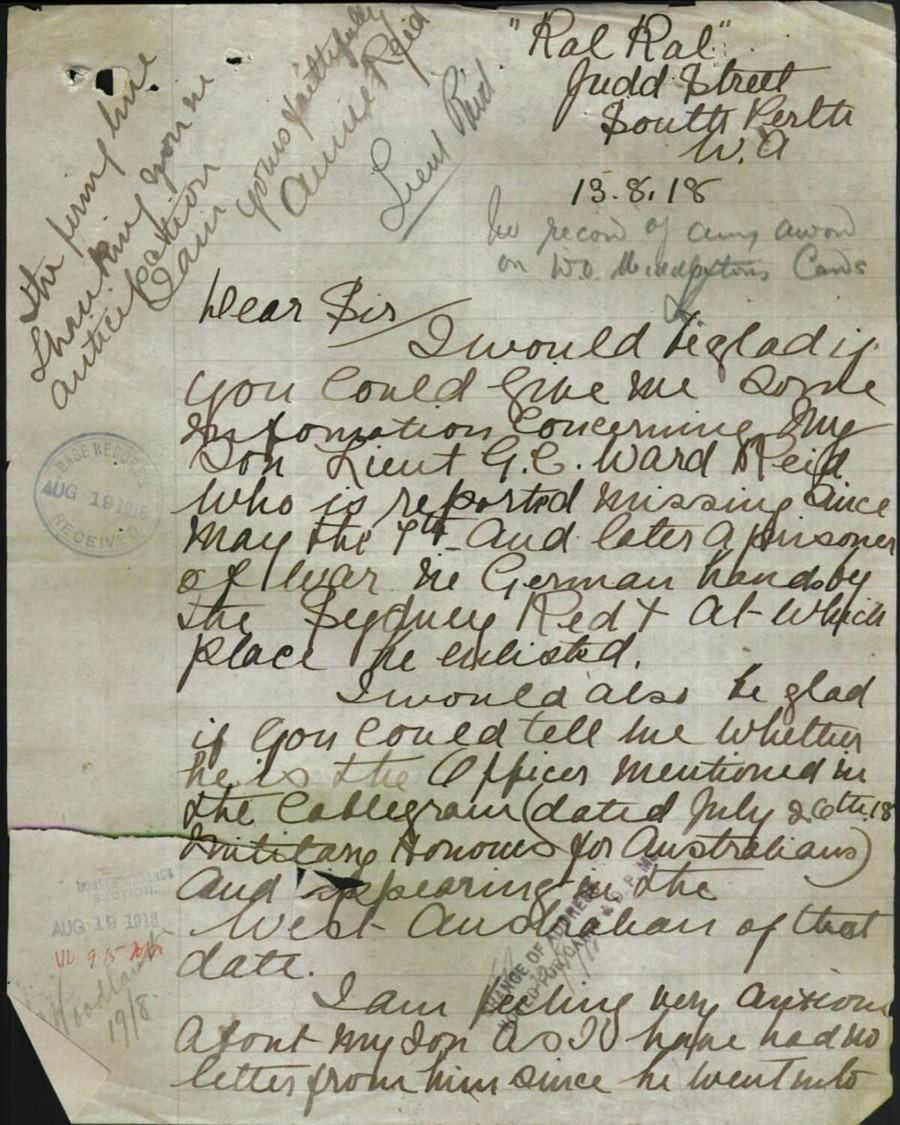
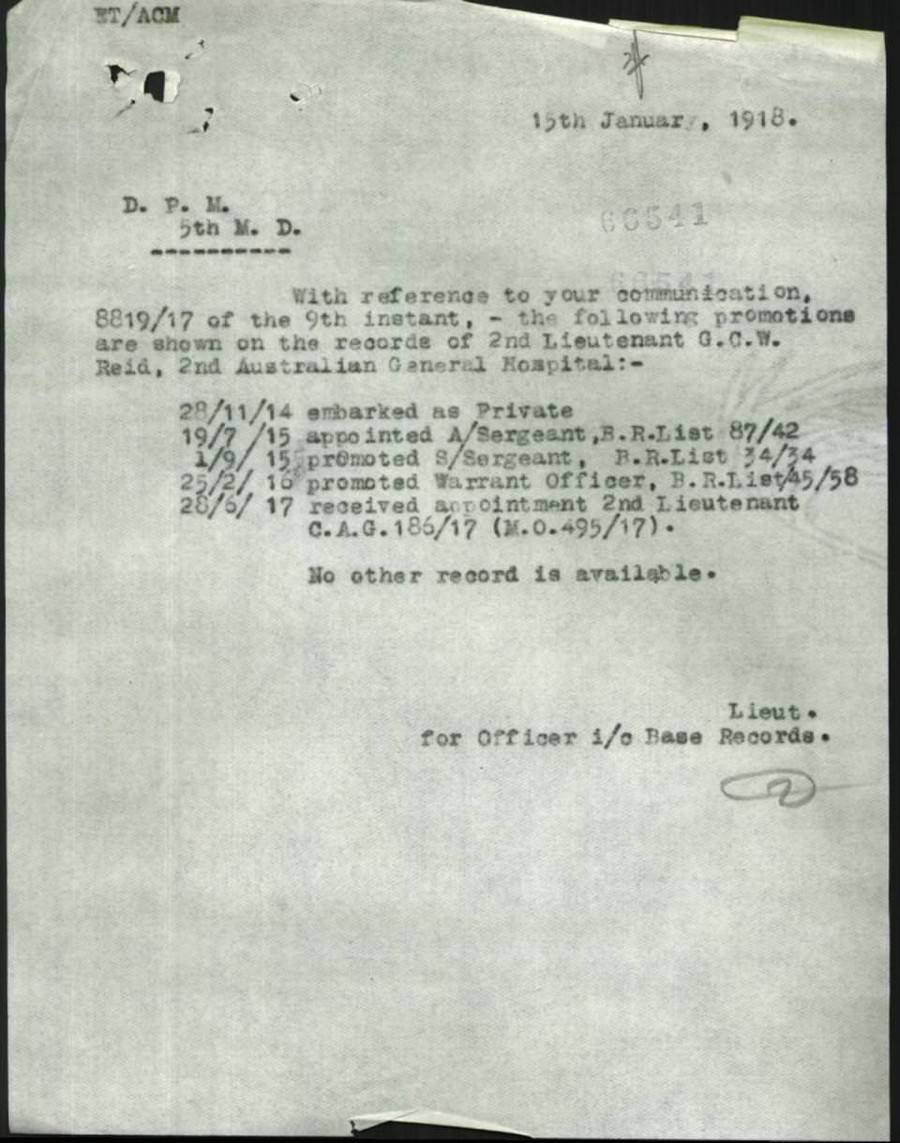
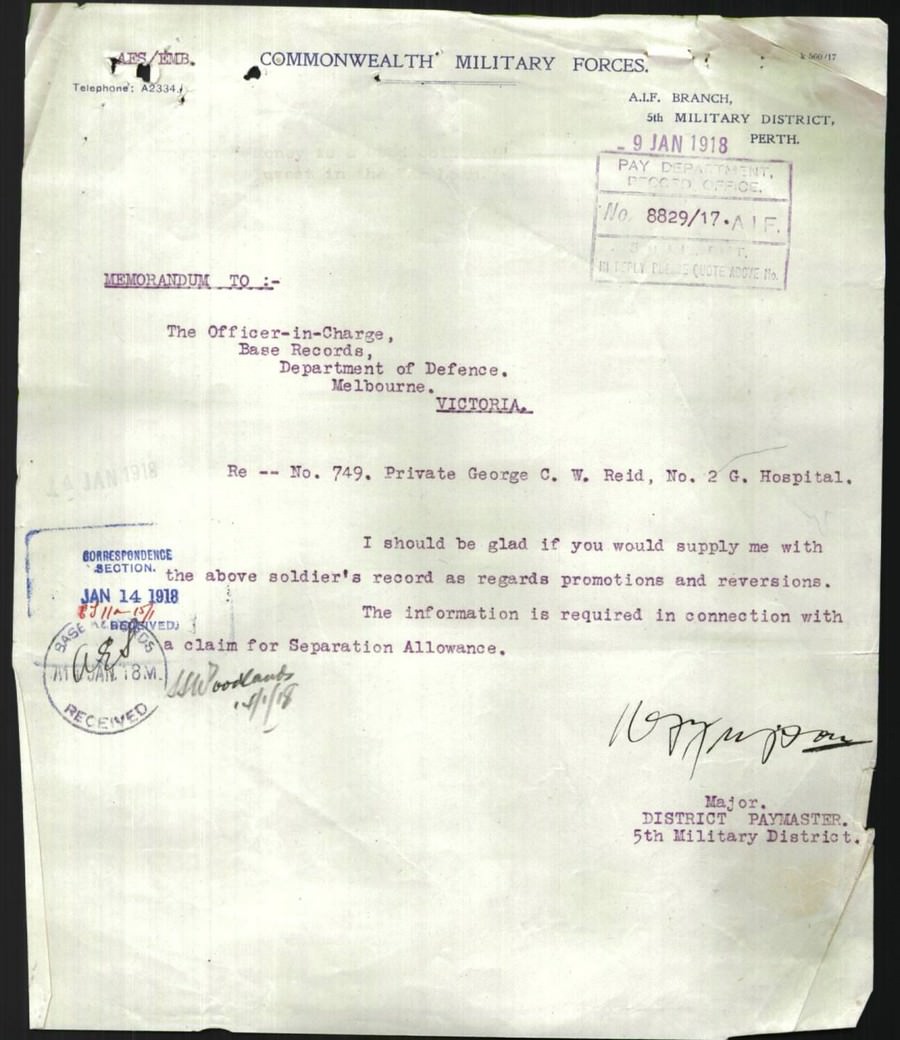

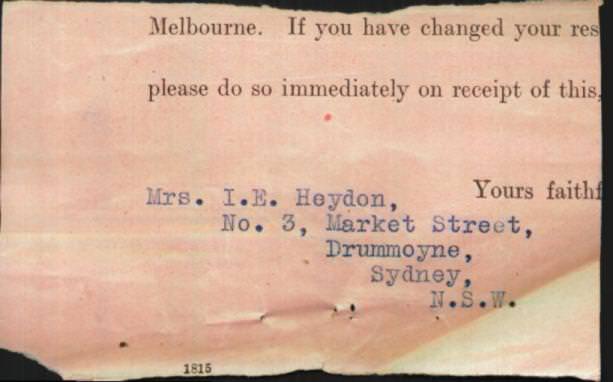
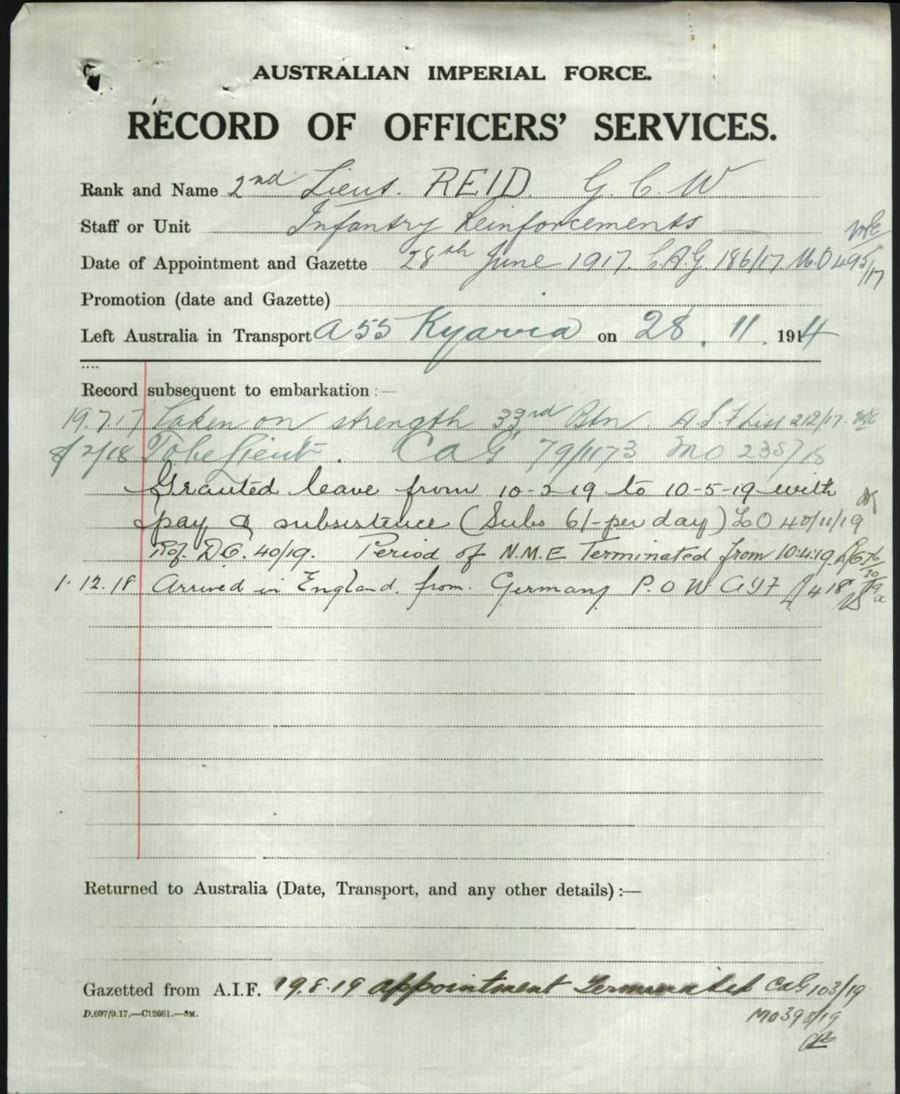
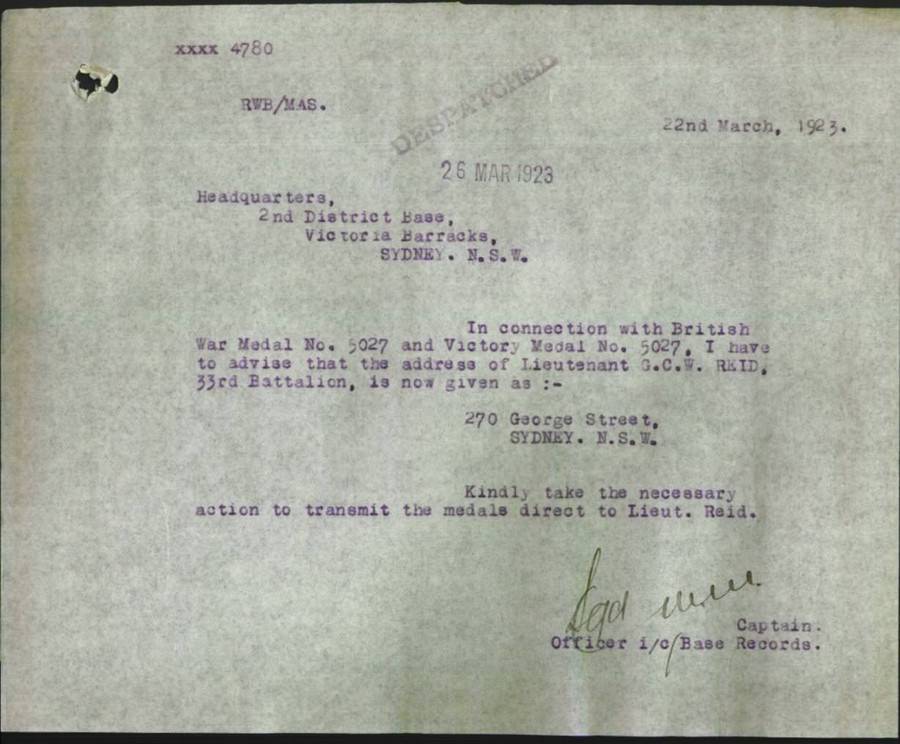
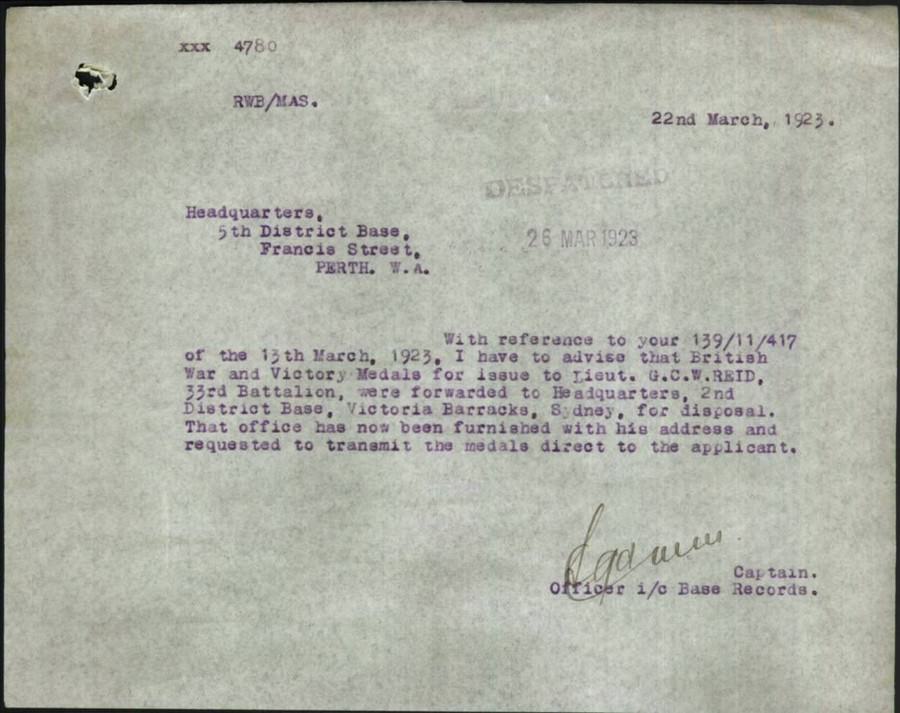
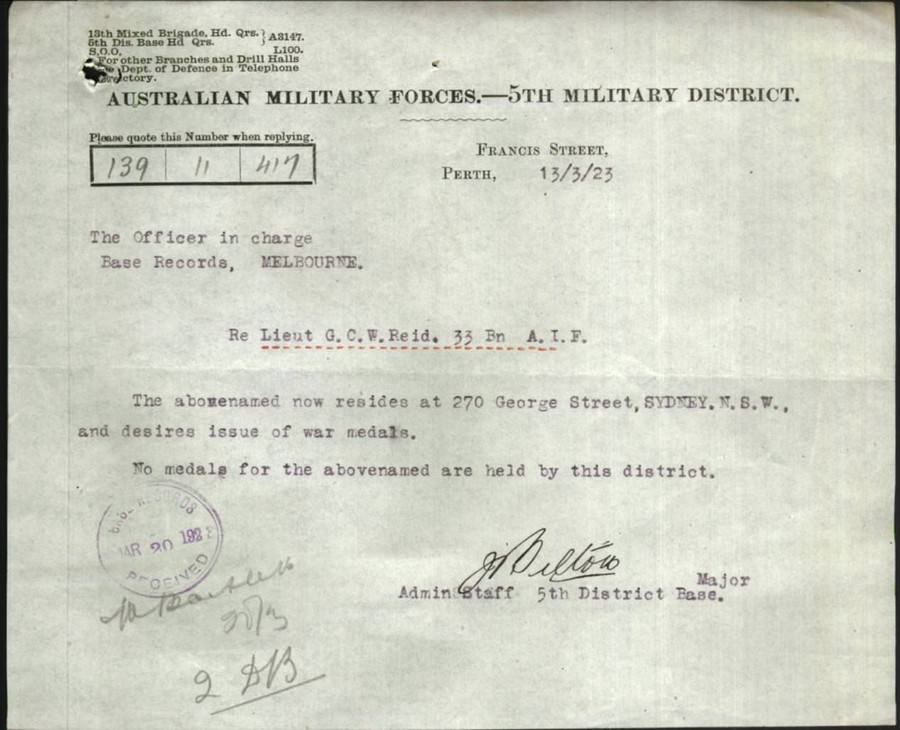
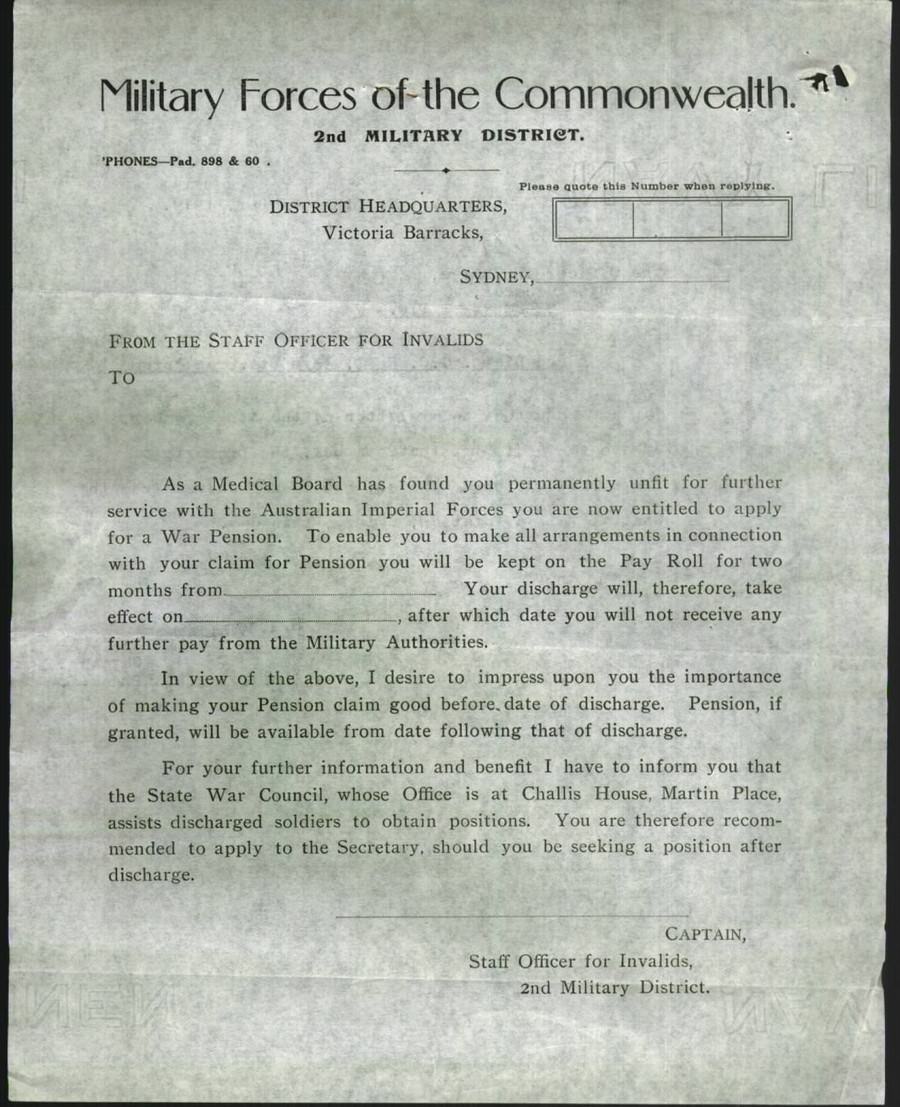
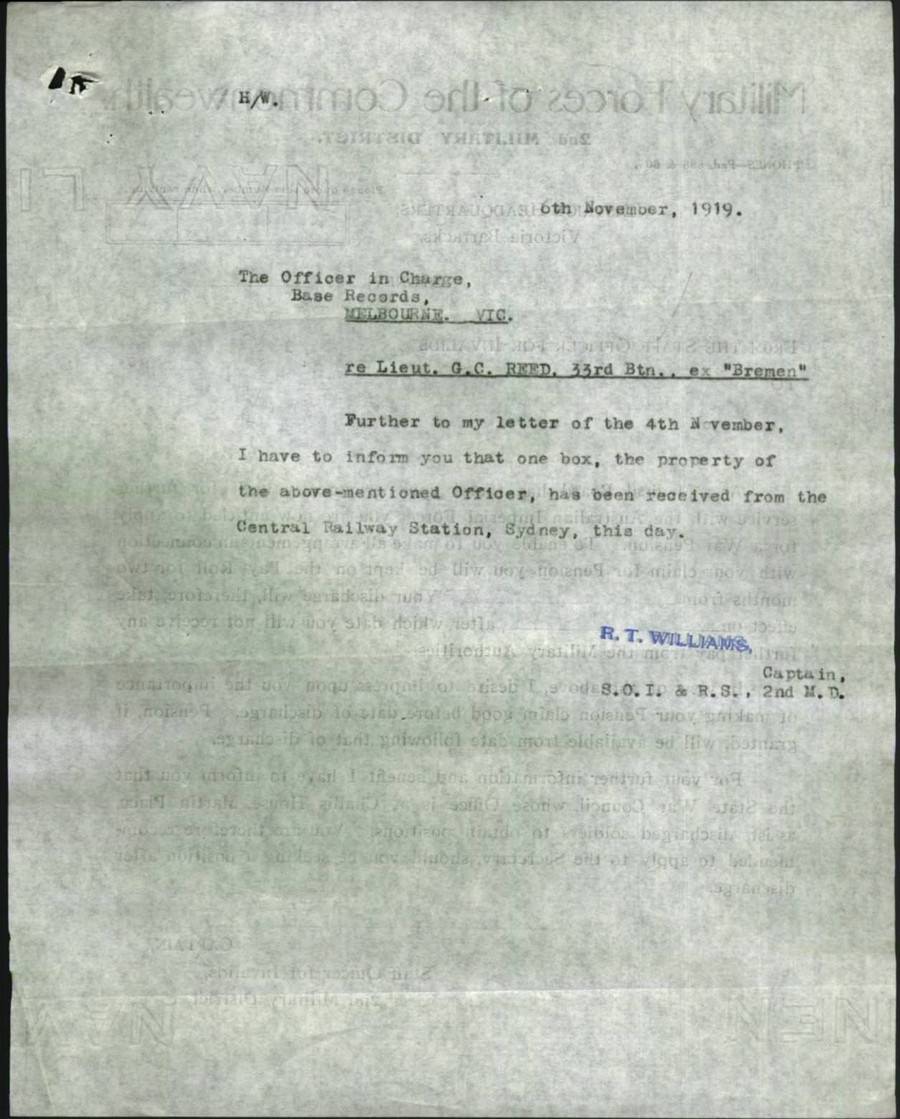
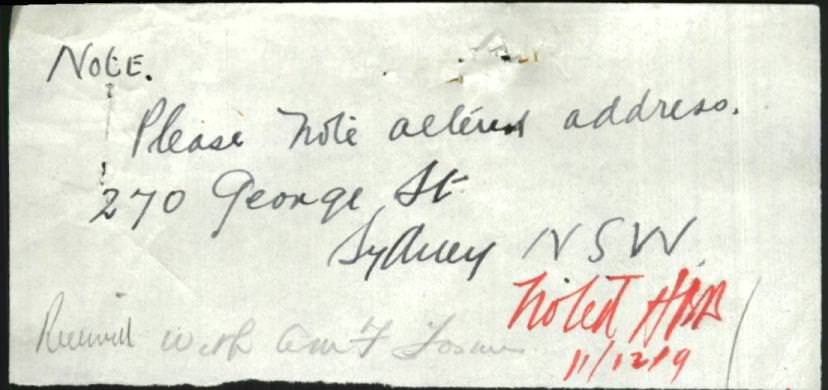
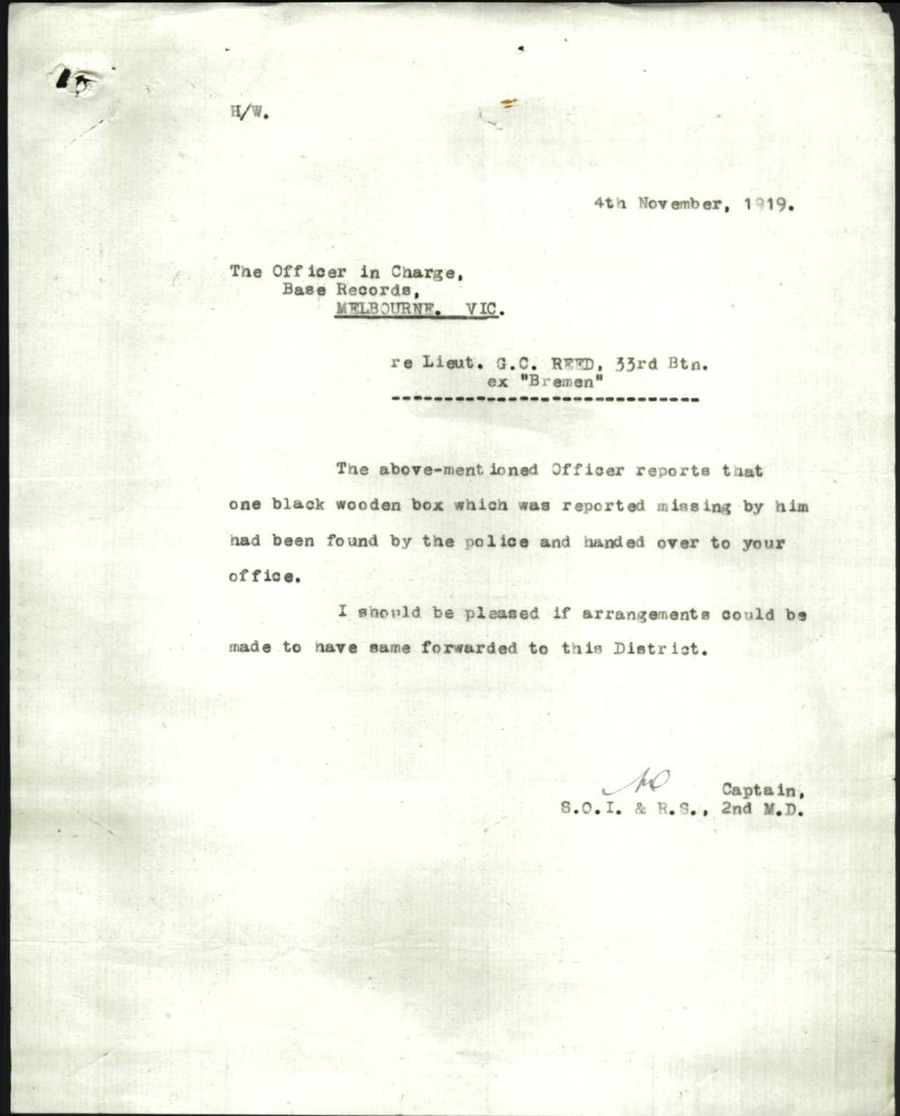
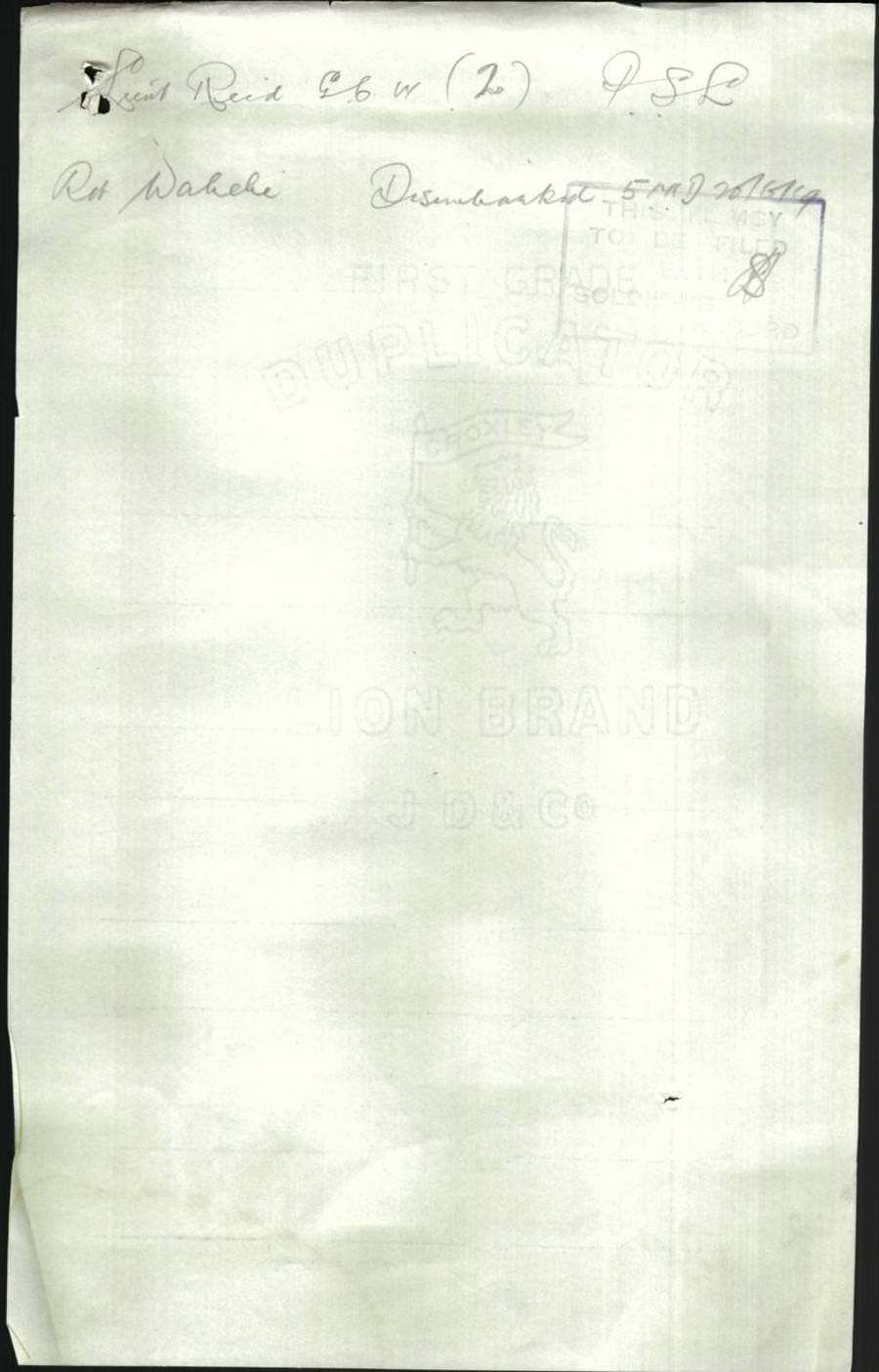
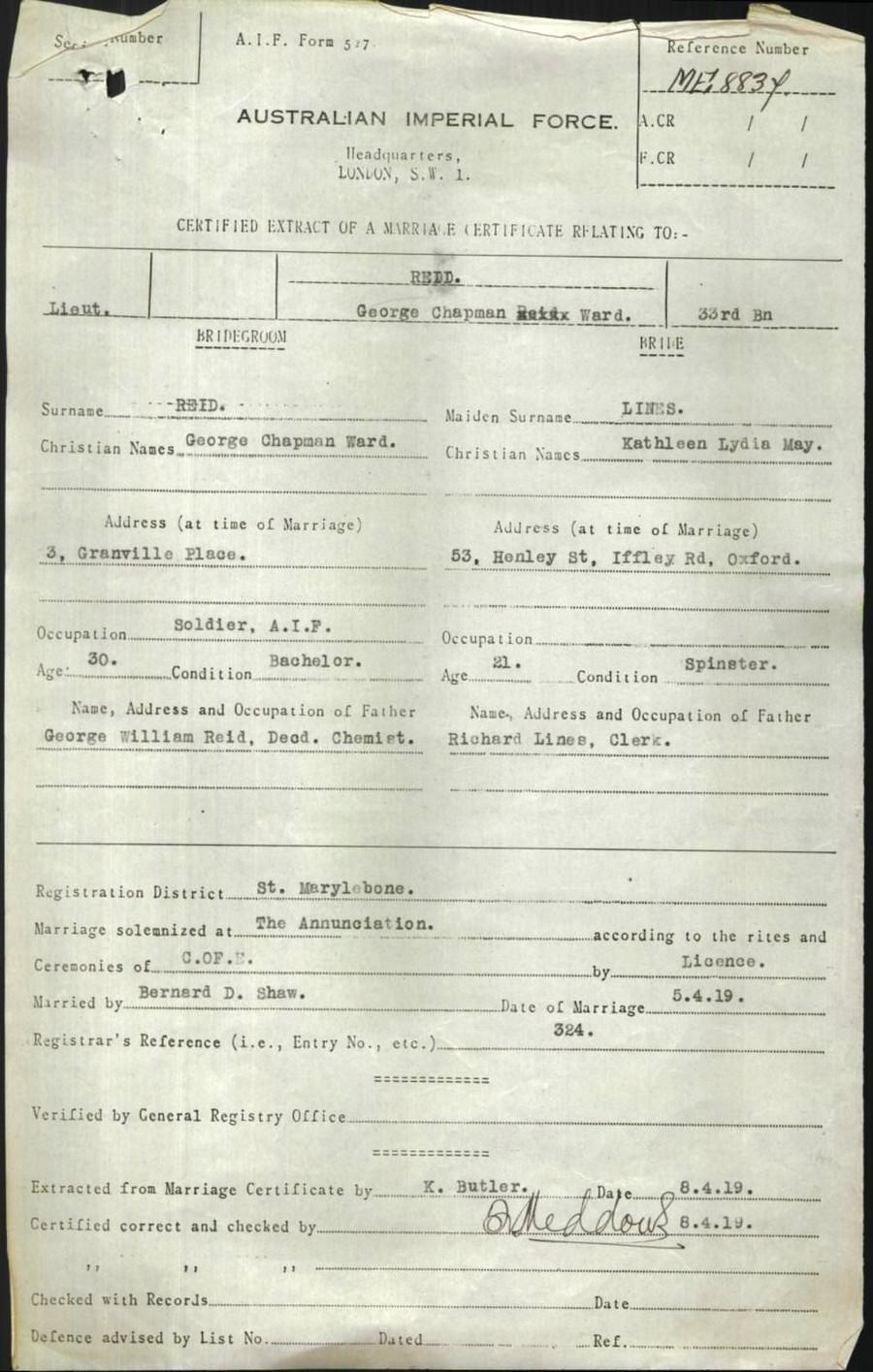
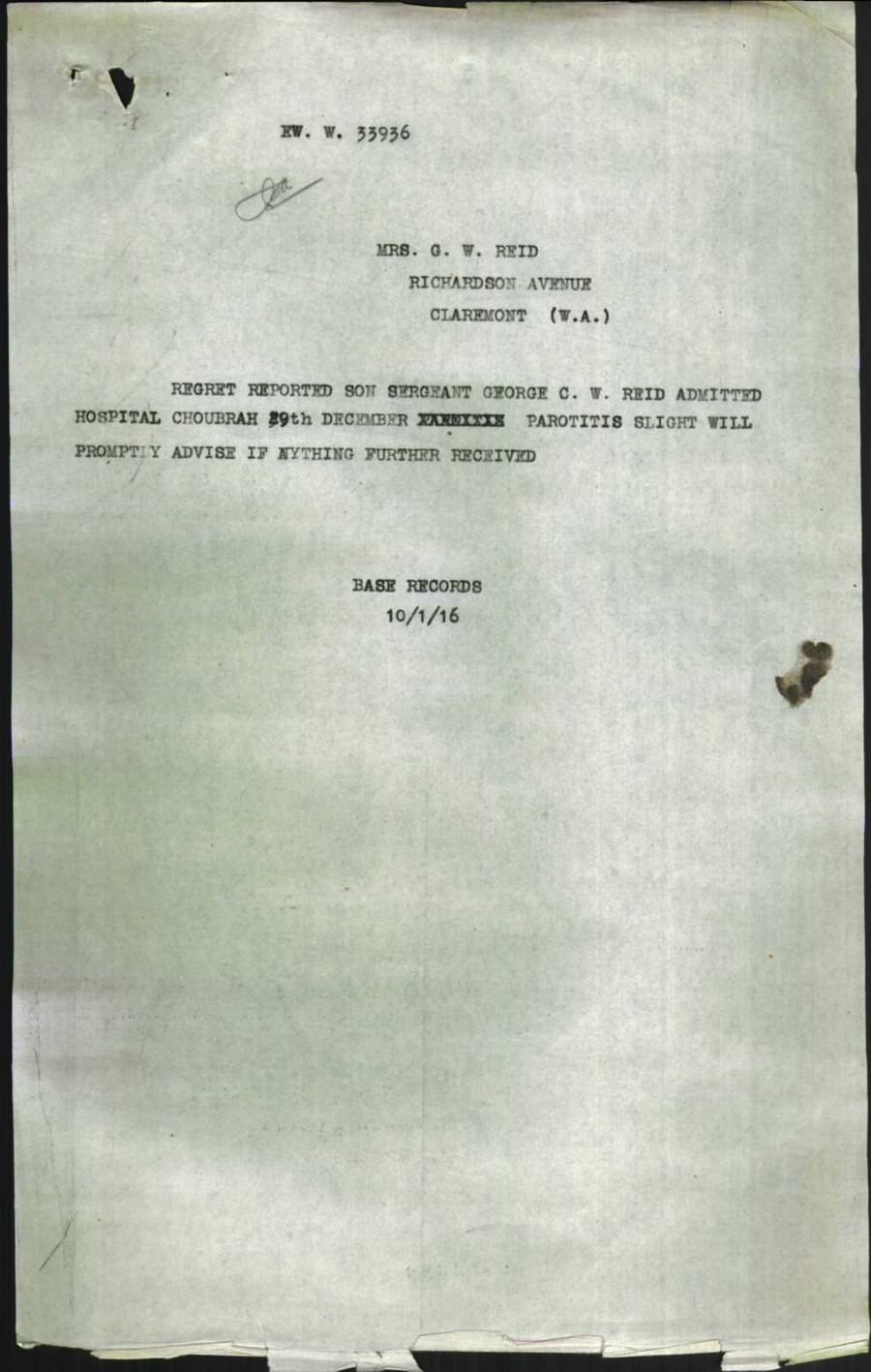


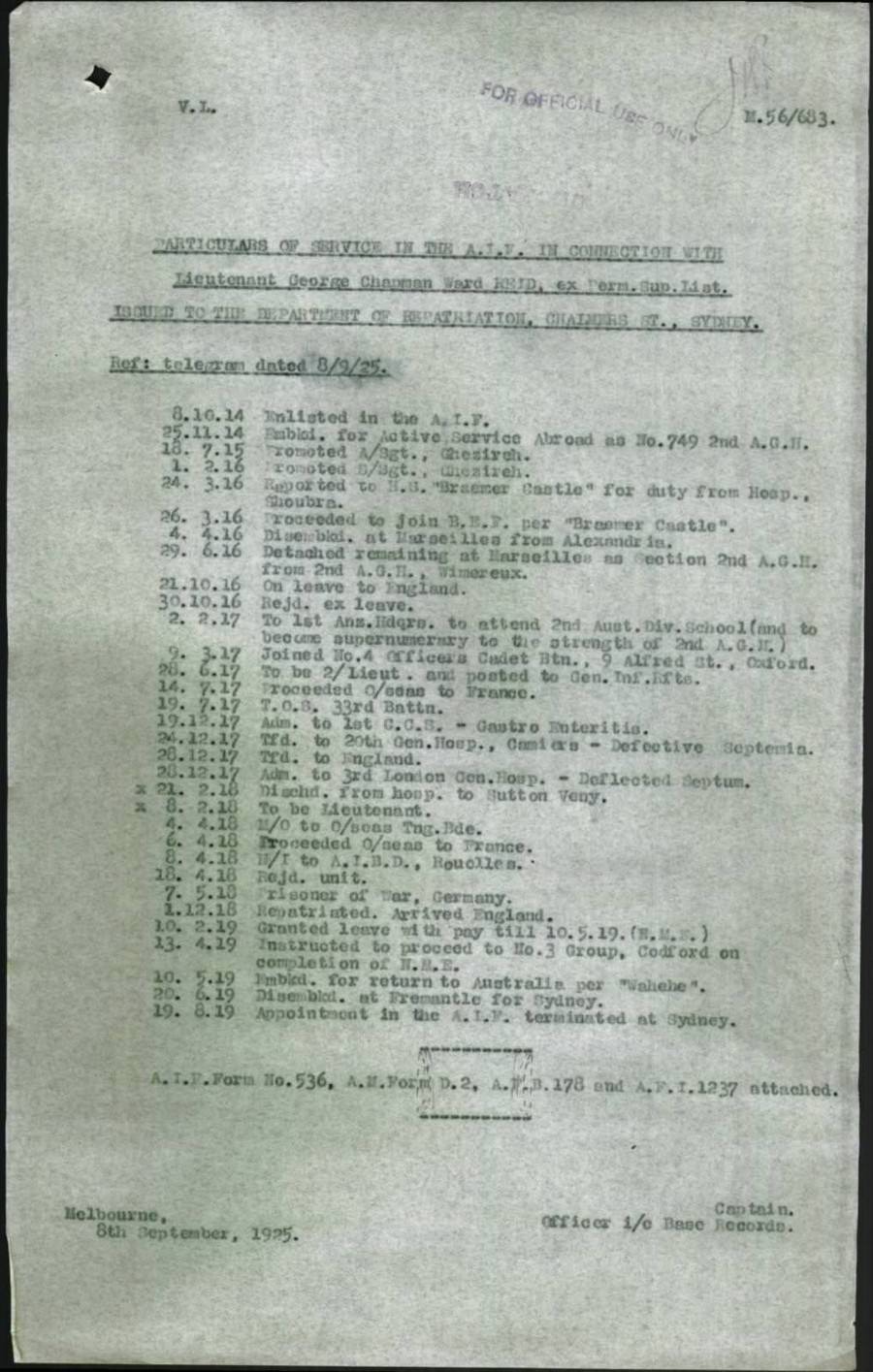
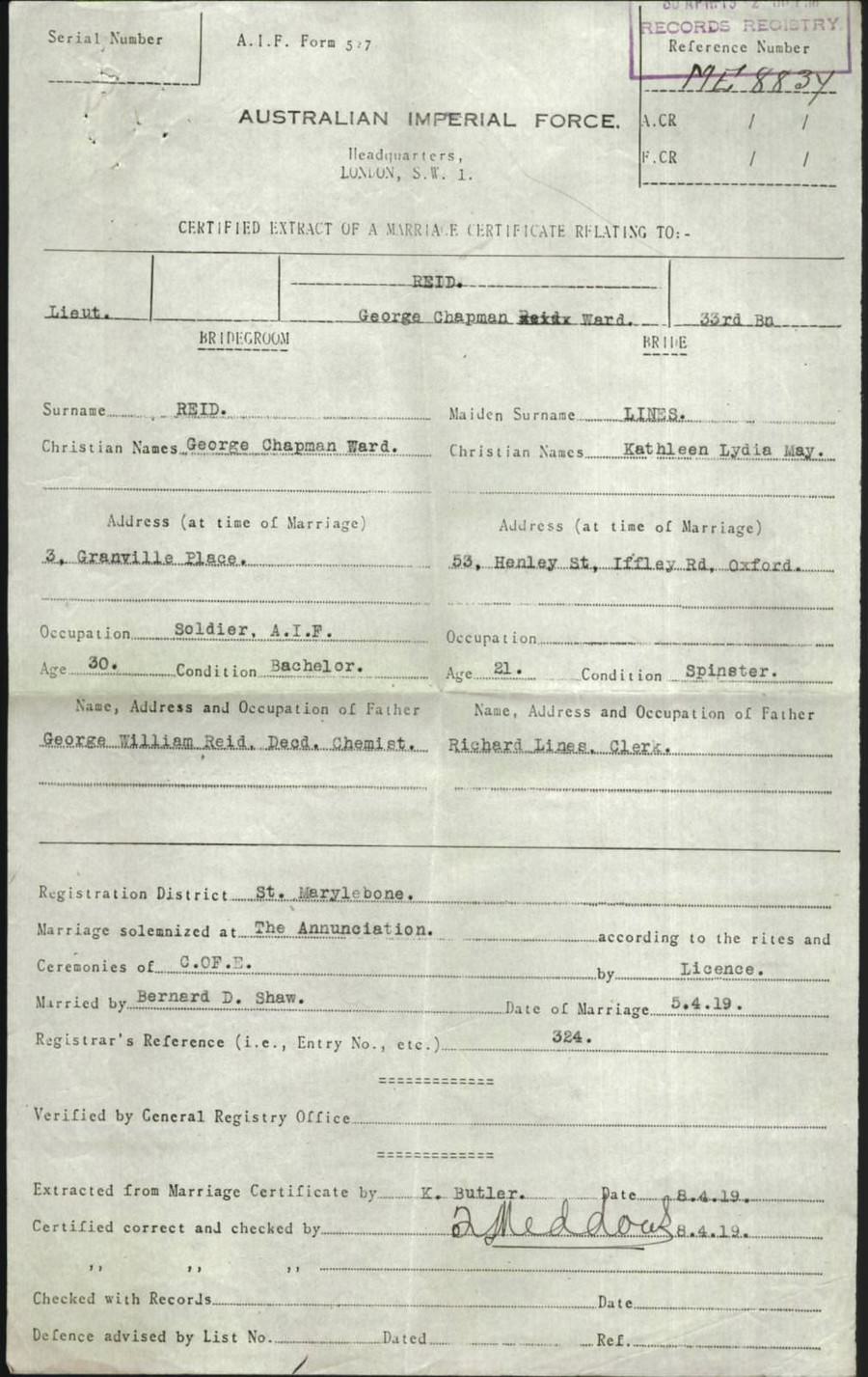

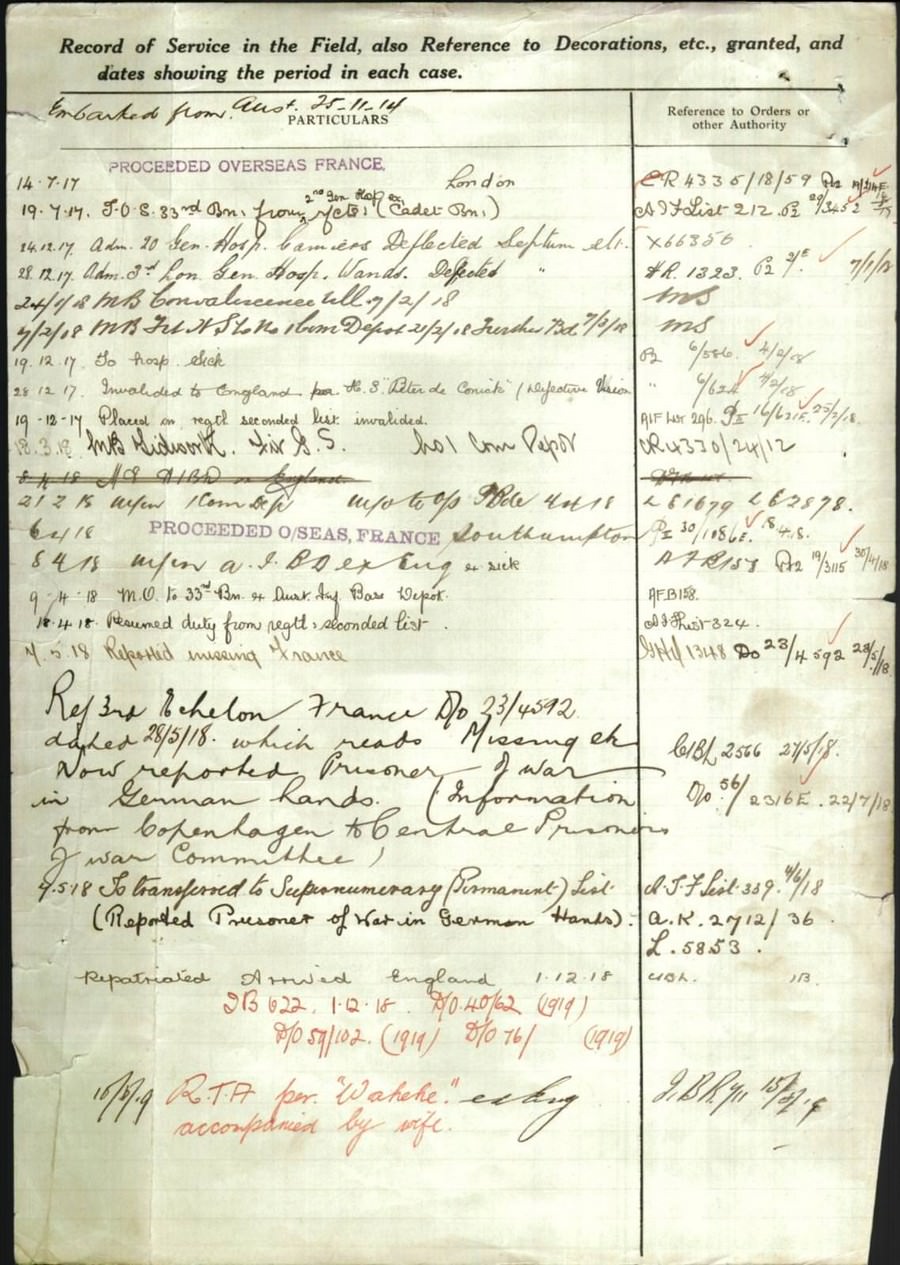
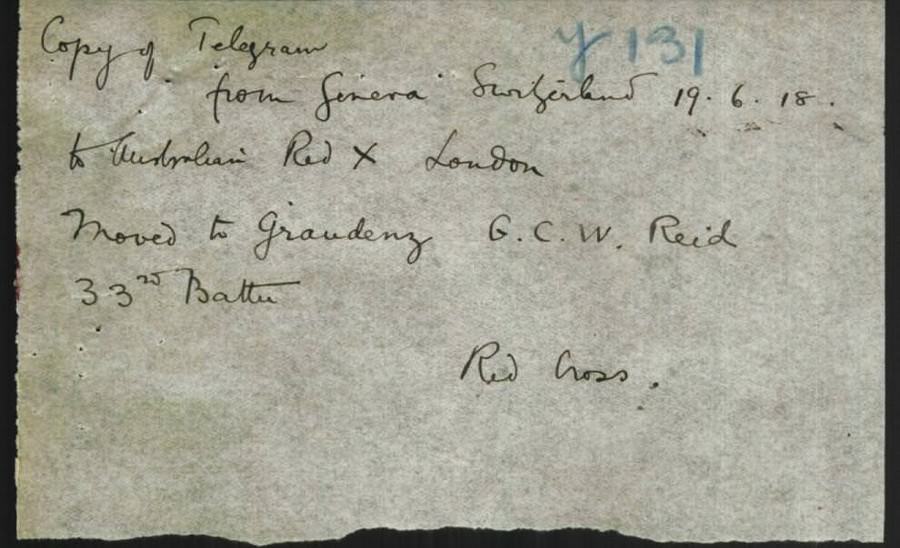
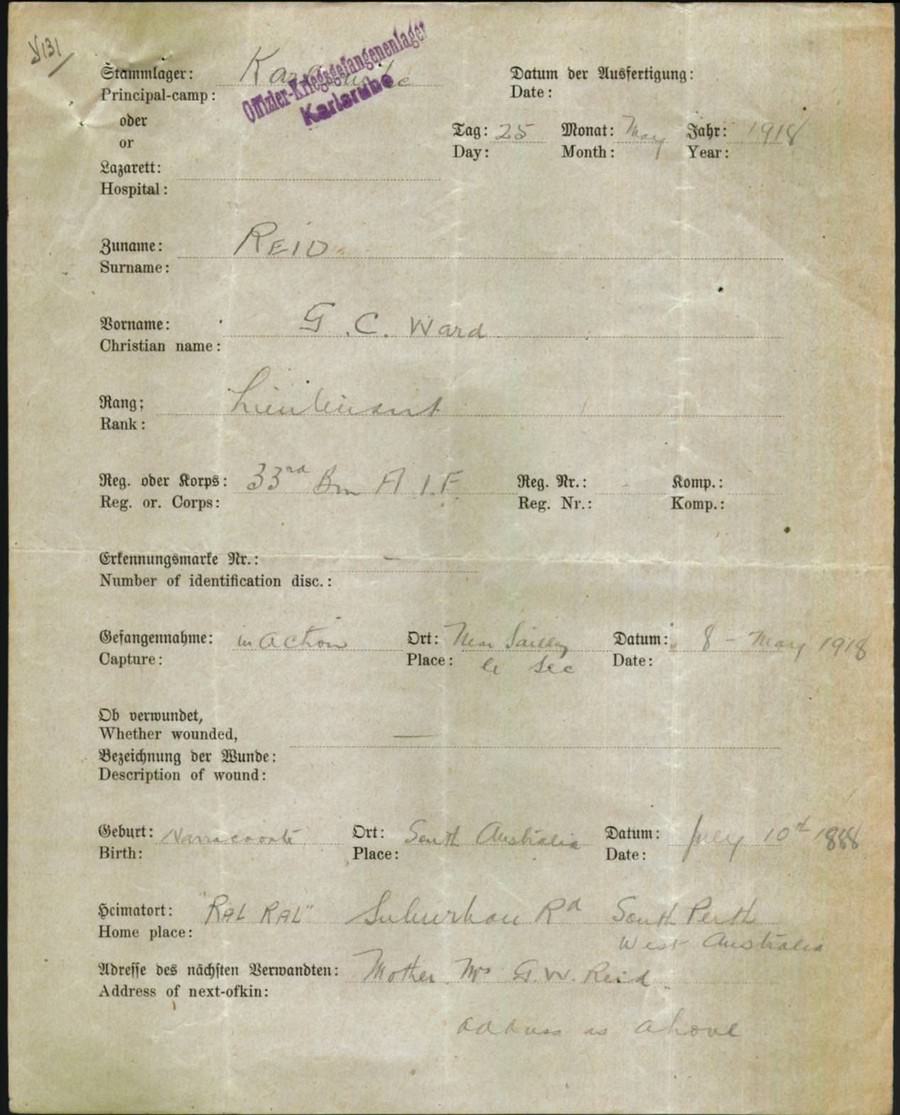
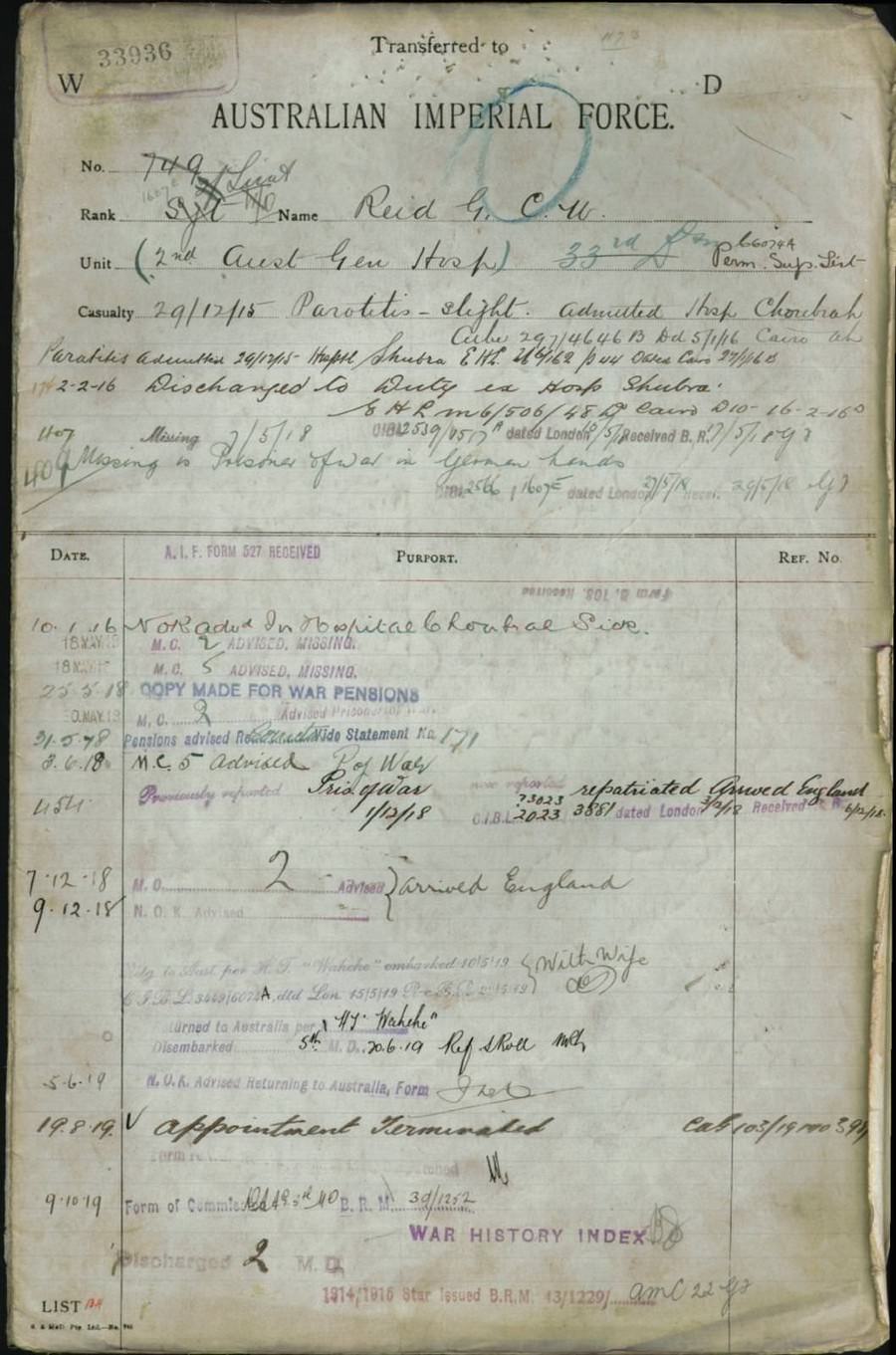
 © Commonwealth of Australia (National Archives of Australia)
© Commonwealth of Australia (National Archives of Australia)
Under Construction; 02/07/2006-26/11/2016.


















































































































